Fisherman's Wharf is a neighborhood within San Francisco's 7-mile by 7-mile city limits. It is located on the Northern side of the city on San Francisco Bay and is about 11 blocks along the waterfront by 3 or 4 blocks wide, with the terrain sloping up from the waterfront. The adjoining neighborhoods are Embarcadero to the Southeast, Telegraph Hill and North Beach and Russian Hill to the South, and Marina to the West. It is a very busy neighborhood, although the residential part is mostly limited to some of the blocks furthest from the water; the crowds are primarily tourists as this is one of the most-visited parts of the city. Many locals look toward this area with disdain, generally feeling that it is a trap devoid of any value; this is a shame since the area still retains much of its history and some of its function and contains some enjoyable architecture and recreation. Critics of the area certainly have valid points: junky souvenir shops are abundant, there is a scattering of marginal 'attractions' that have little relation to the location, and heavy crowds of out-of-towners outnumbering San Franciscans may make it seem contrived.
This tour will follow a general East to West route through Fisherman's Wharf.
Pier 35:
This historic pier is the Northeastern-most of the piers along the Embarcadero that feature matching grand-arched entryways, and marks the beginning of Fisherman's Wharf to the West (left) of the pier. Cruise ships occasionally dock here. The first view is from Russian Hill, the second from Telegraph Hill.
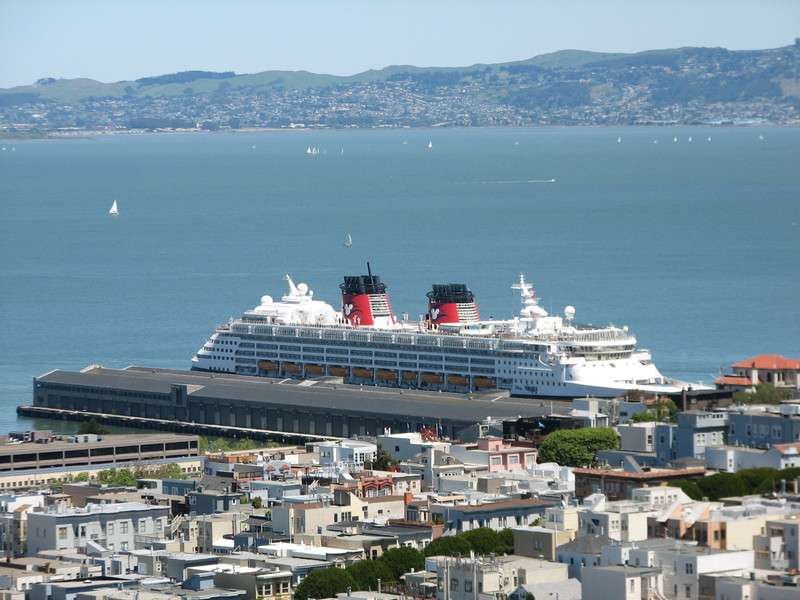

Pier 39 Overview:
The shot is taken from Telegraph Hill; more on Pier 39 further down.
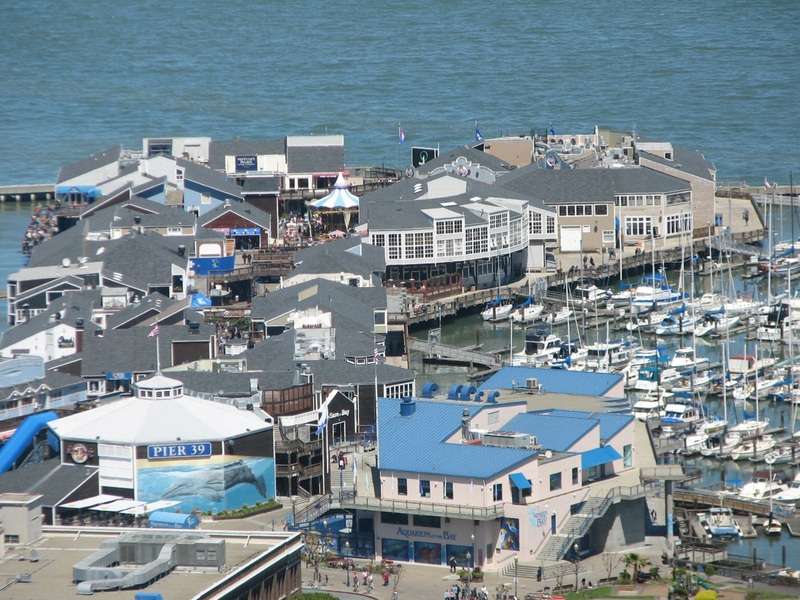
Waterfront between Pier 35 and 39:
A large marina for pleasure craft and a linear boardwalk and park line the area between these two piers.
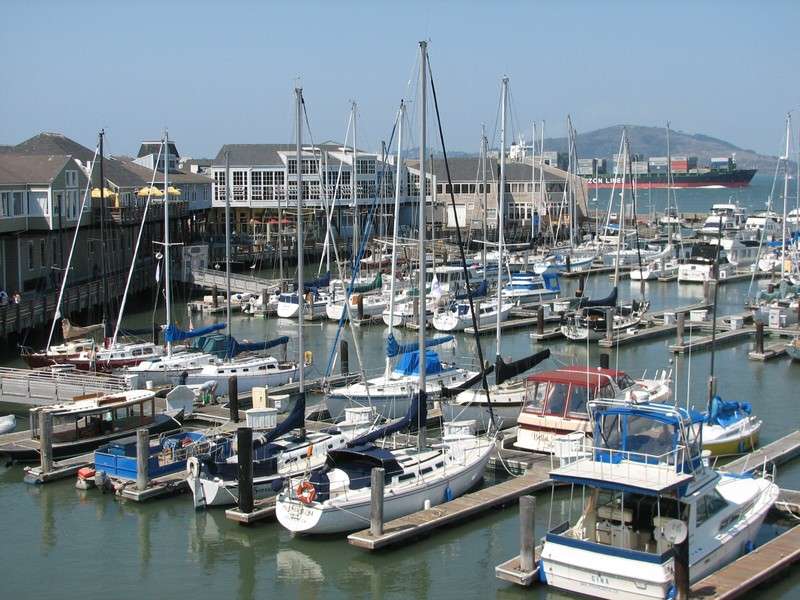
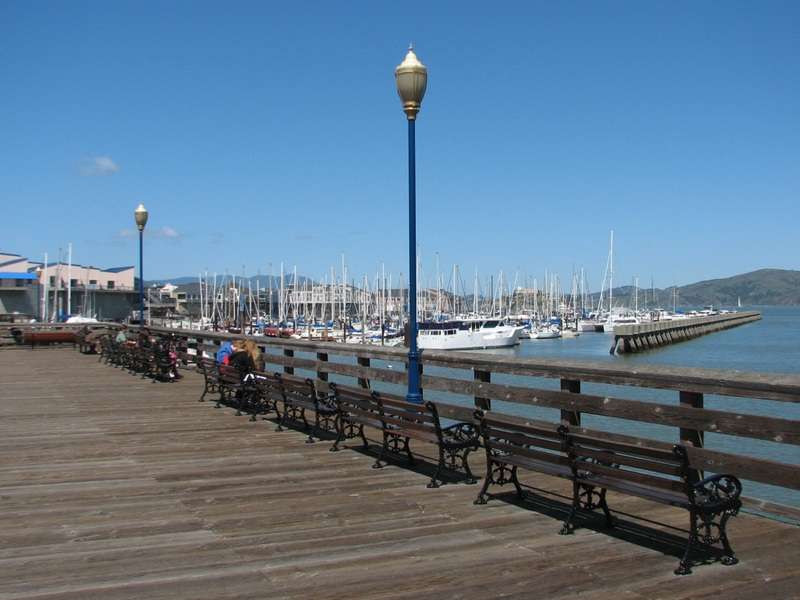
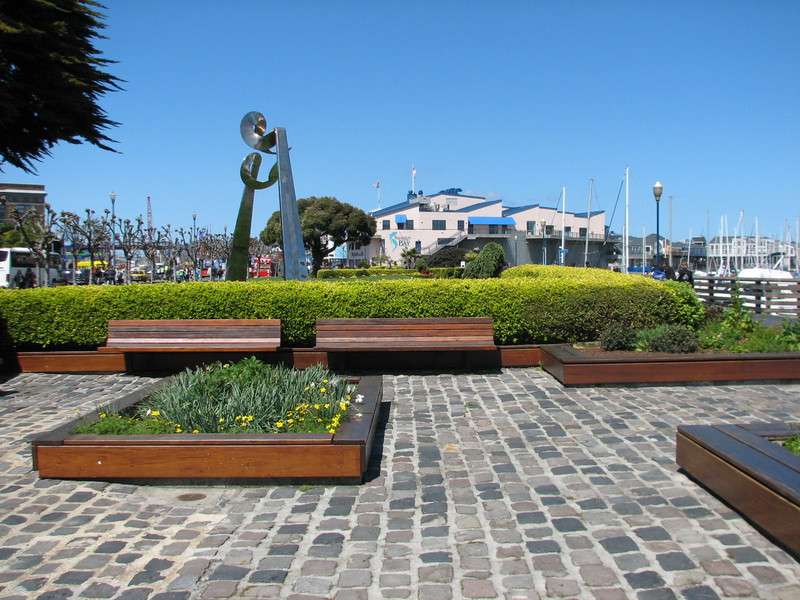
Aquarium of the Bay:
This is a very nice mid-sized facility that focuses on the native creatures of the San Francisco Bay and is owned by the non-profit Bay Institute, an advocacy group for restoring the watershed. It is located at the base of Pier 39 but was built several decades later than the other buildings on the pier.
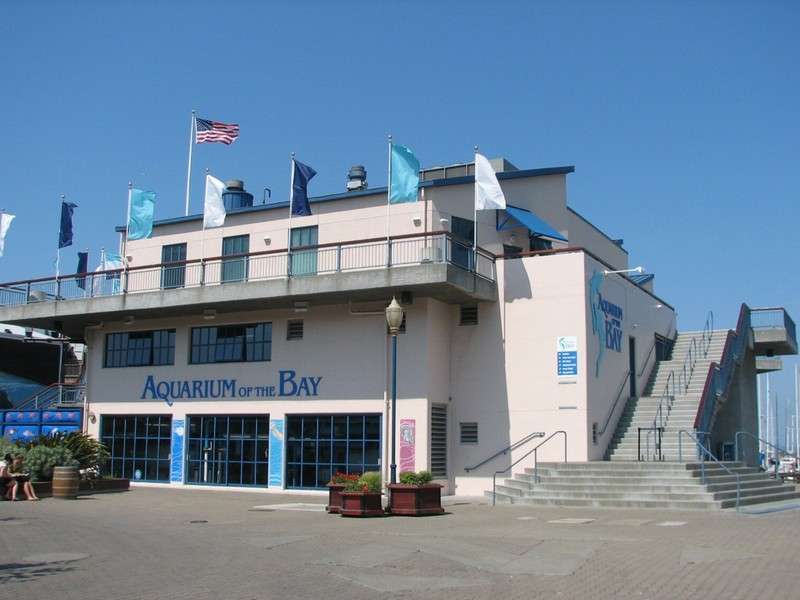
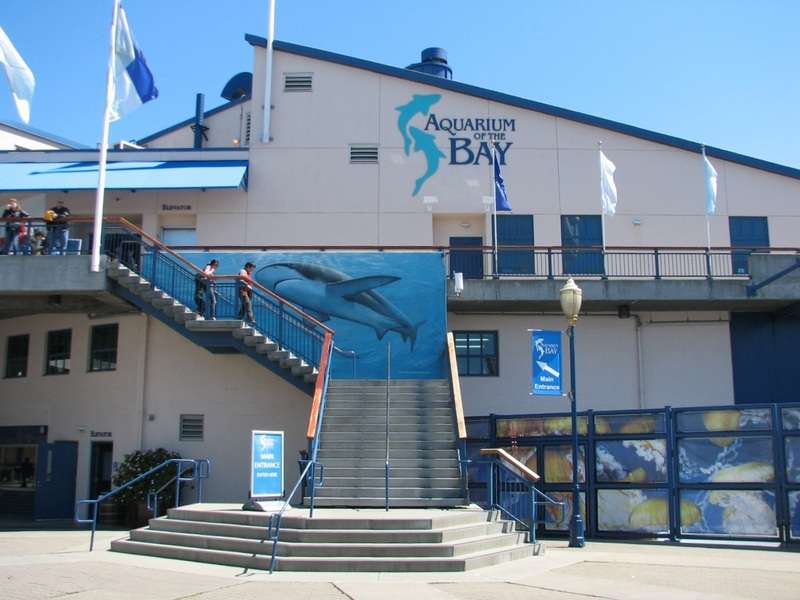
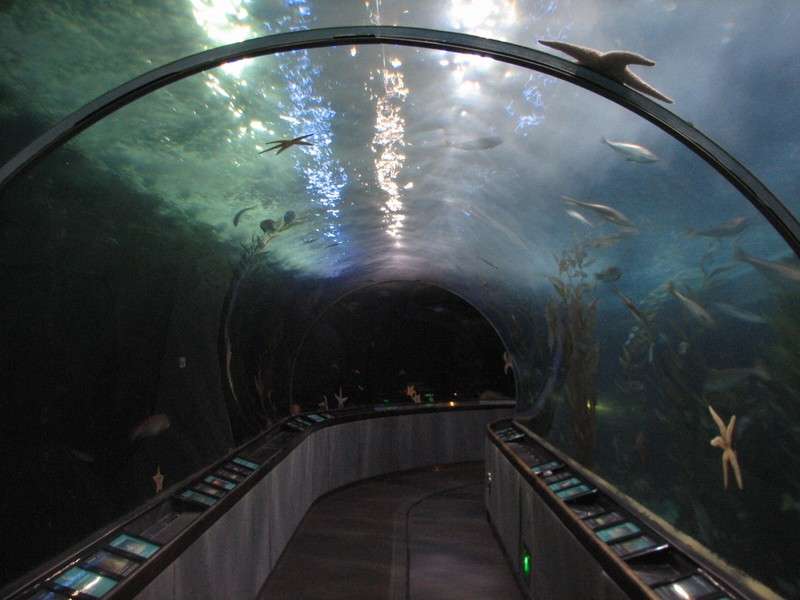
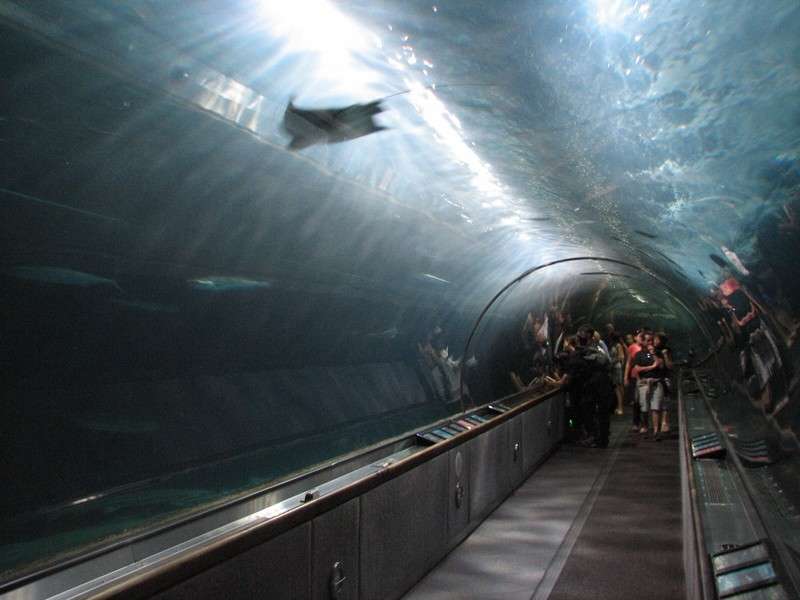
Pier 39:
Fisherman's Wharf can be compared to a suburban shopping mall, with a large 'anchor' at each end to draw visitors through the space; the East end's 'anchor' development is Pier 39, which itself is not unlike a mall. It is the largest purpose-built facility in the area for the tourist dollar and was constructed in 1978, replacing an older utilitarian pier. Its enduring popularity with visitors can be considered a major contributing factor to locals' perception that the area is not a worthwhile destination for themselves. Nearly all the buildings are a simple contemporary take on vaguely nautical precedents and line a central walkway along it length. Tenants include many souvenir shops (generally the upper end of the category), restaurants (a mix of chains and independents), and amusements such as an arcade and games and a carousel. The West side of the pier's end features a viewing area of the fixed barges provided for wild California sealions to haul out of the water; the record number of them in the area was about 1,700!

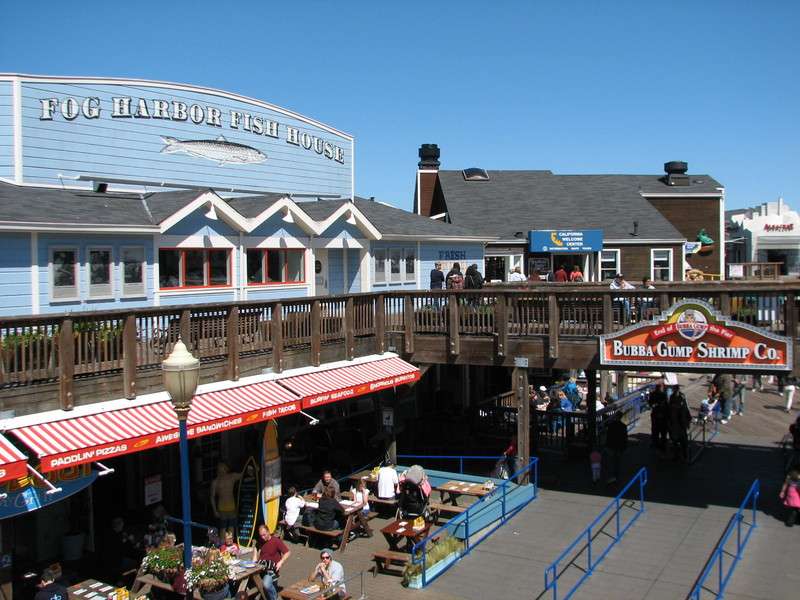
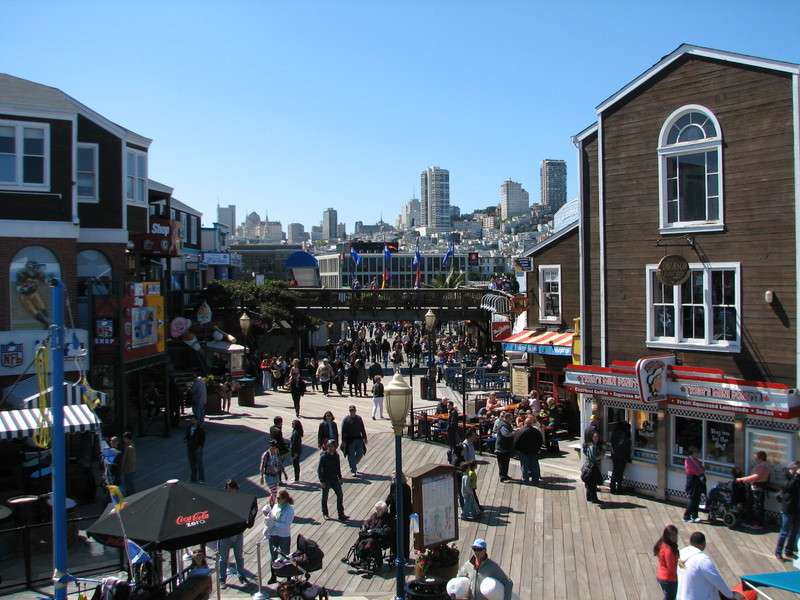

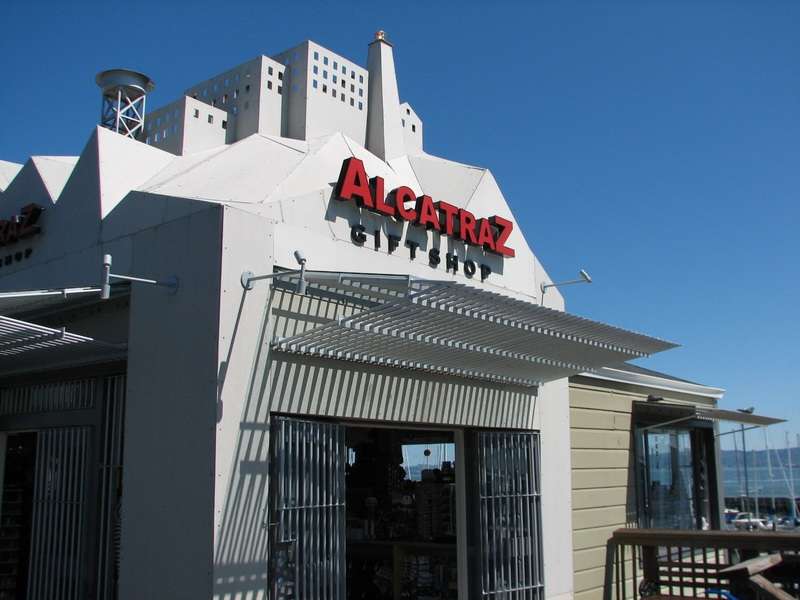
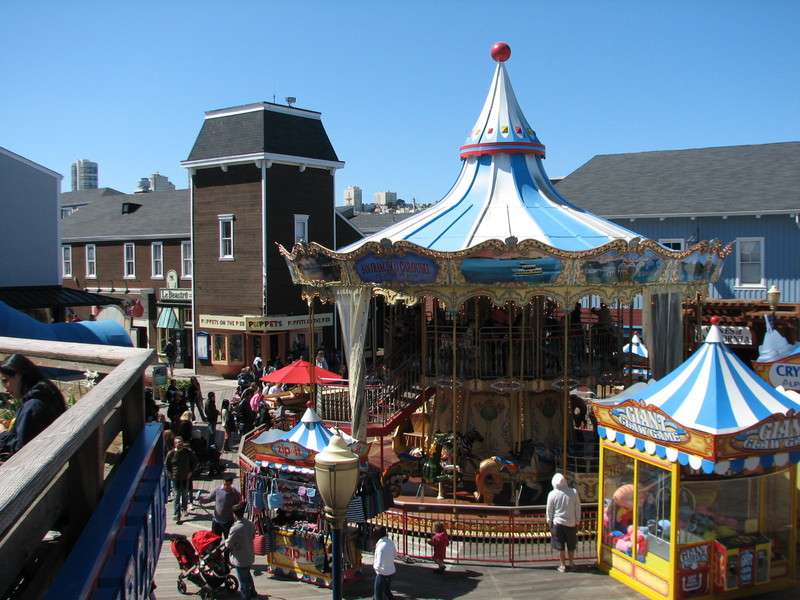

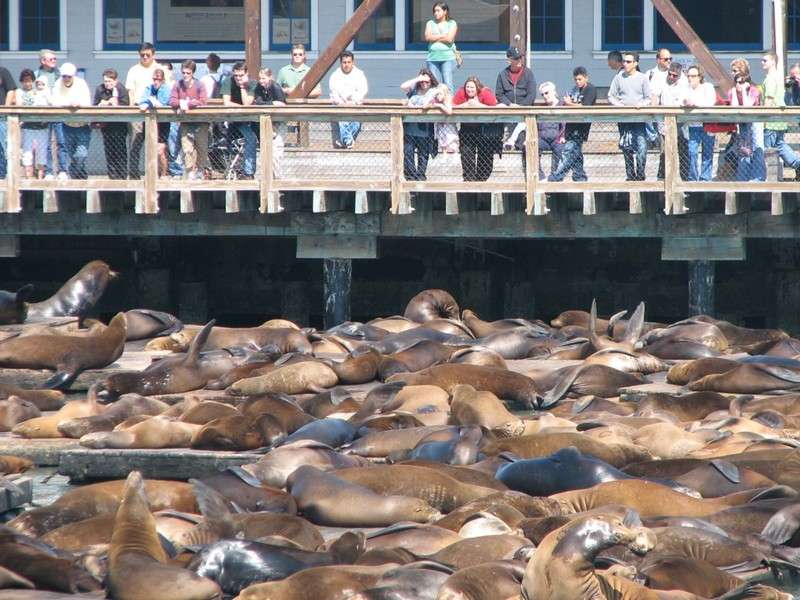
Harbor between Pier 39 and 41:
Several sightseeing and sportfishing excursion boats dock here; Russian Hill rises in the distance of the first shot.
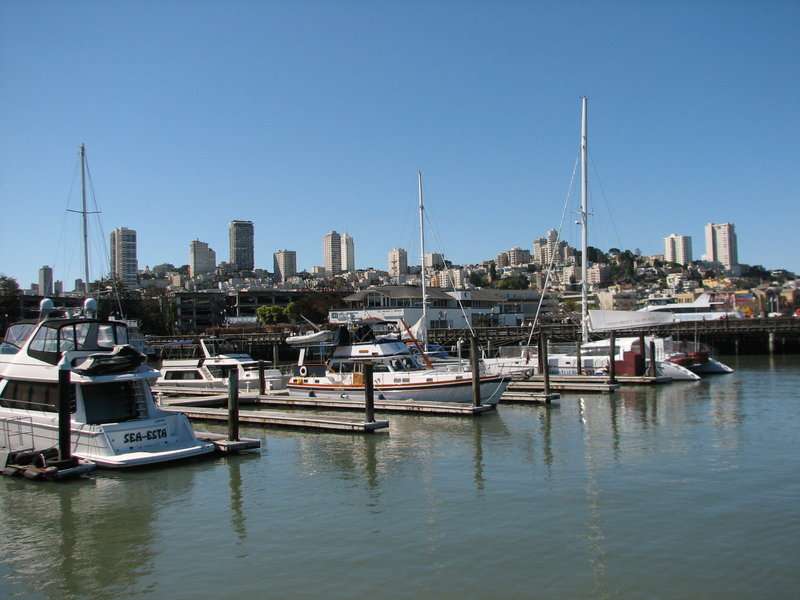
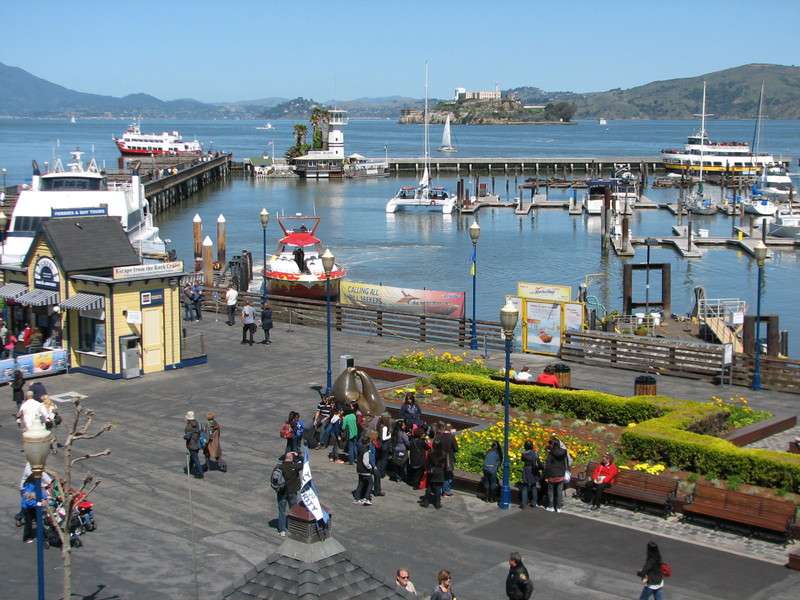
Pier 41:
This simple pedestrian pier has a restaurant on a barge docked near its end called Forbes Island which diners must take a boat to reach.
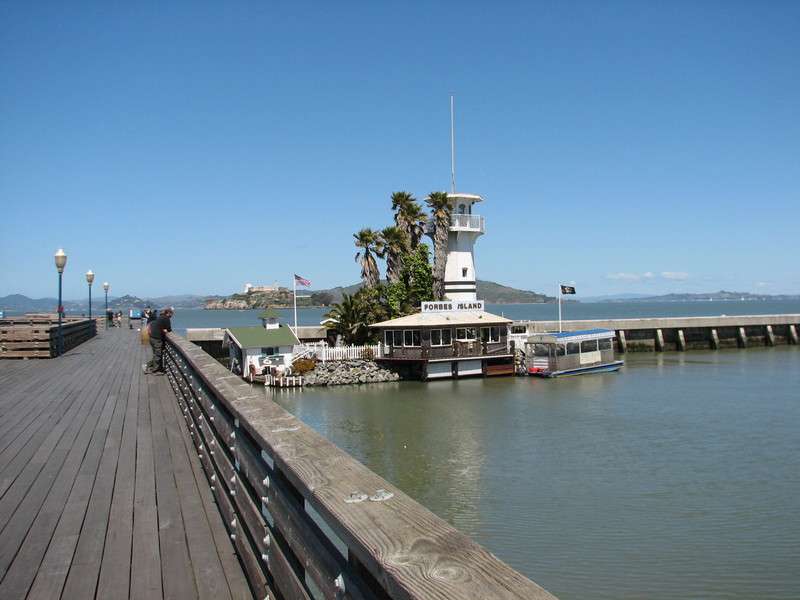
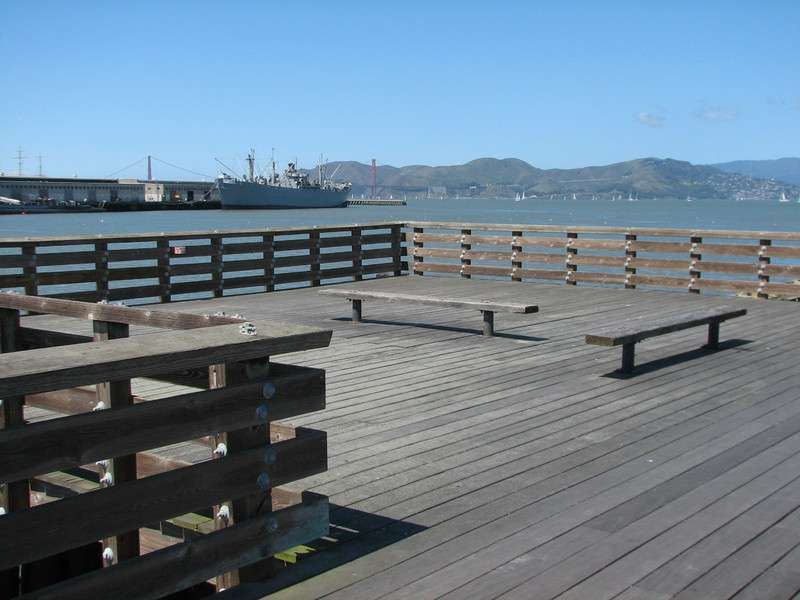
Pier 43:
This was once a major gateway for automobile-carrying and railcar-carrying ferries to dock from several destinations in the Northern part of the bay. The historic arch is being saved and restored currently while much of the altered pier has been removed recently to construct a more pleasant waterfront promenade.
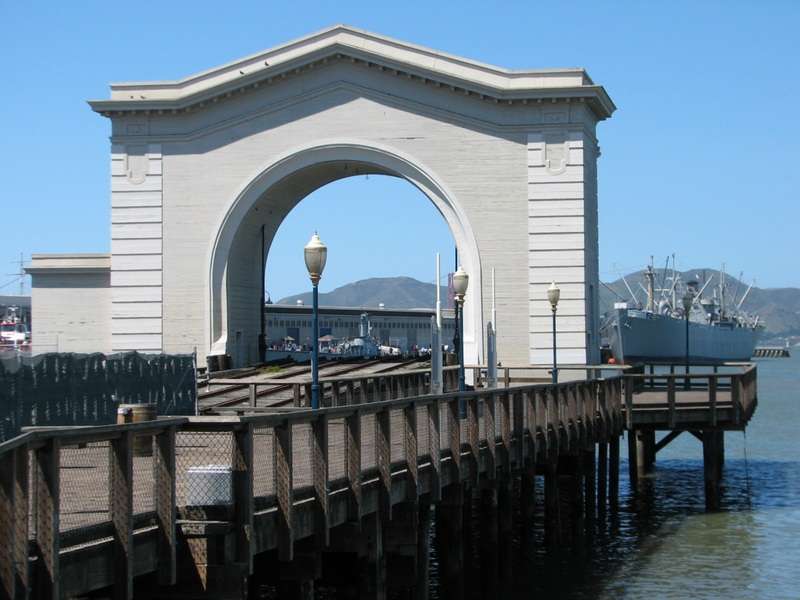
Fisherman's Wharf Sign:
The heart of this waterfront district is centered here.
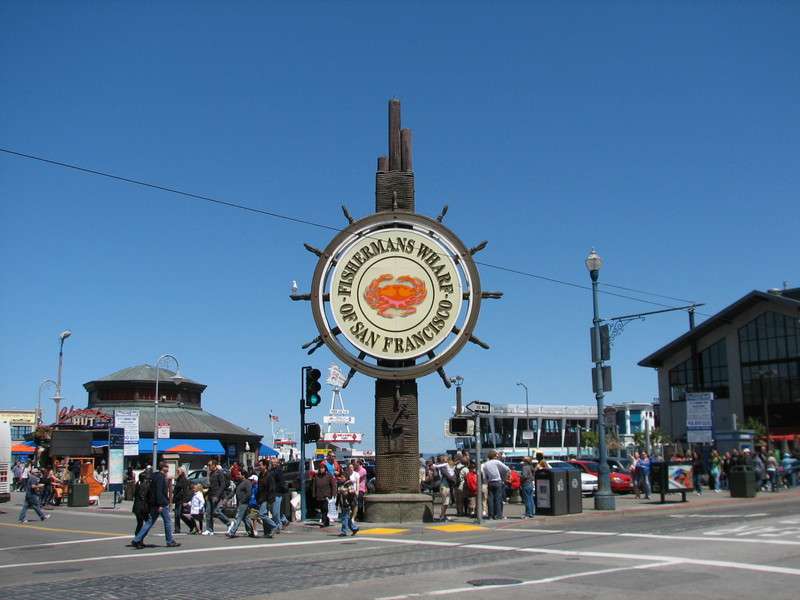
Boudin At The Wharf:
This historic company's sourdough bread has been made in the city since the Gold Rush in 1849. Their flagship location is this new (2005?) purpose-built facility that contains a store, cafe, restaurant, and large demonstration bakery that includes a tour and company historical displays. (Their main bakery for distribution to retailers and their chain of cafes is not this one; it is in the Richmond District of the city.)
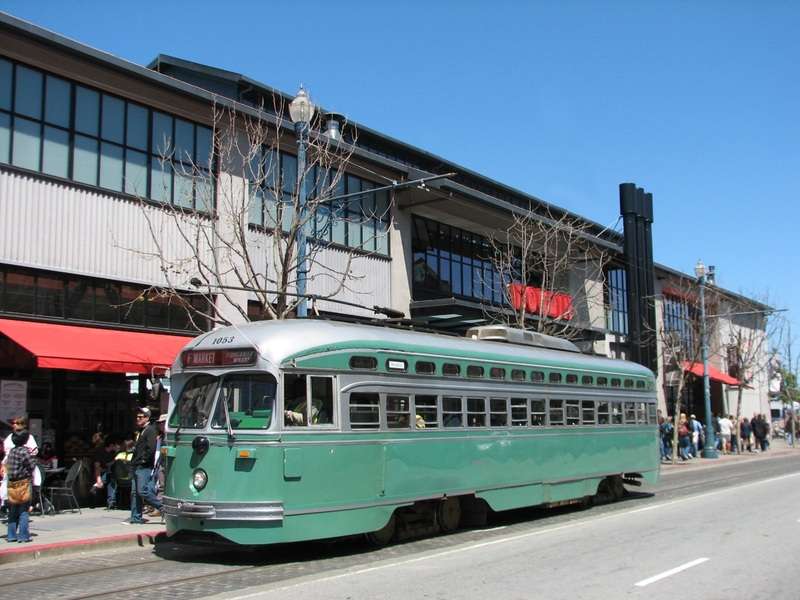
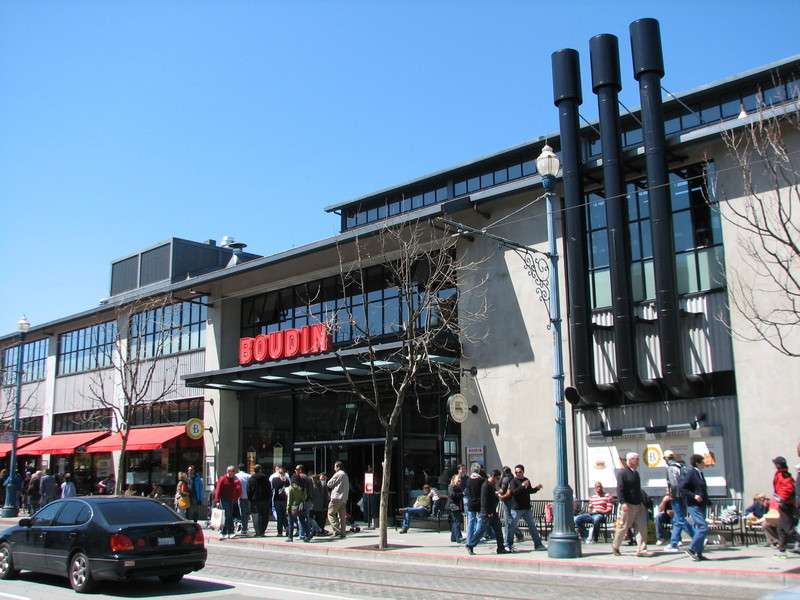
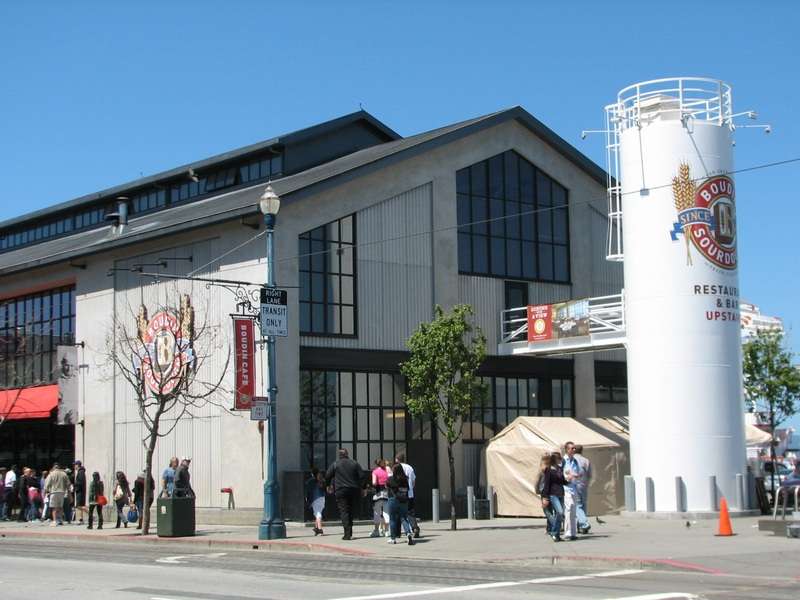
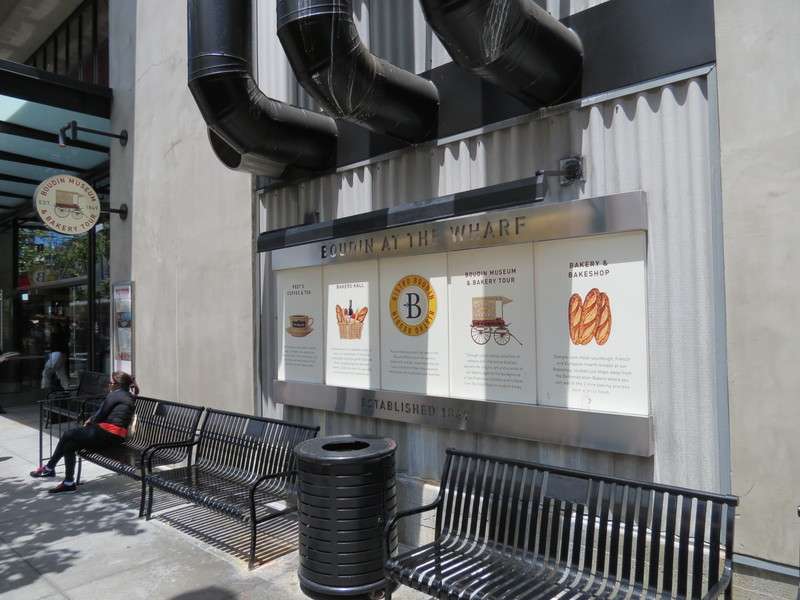
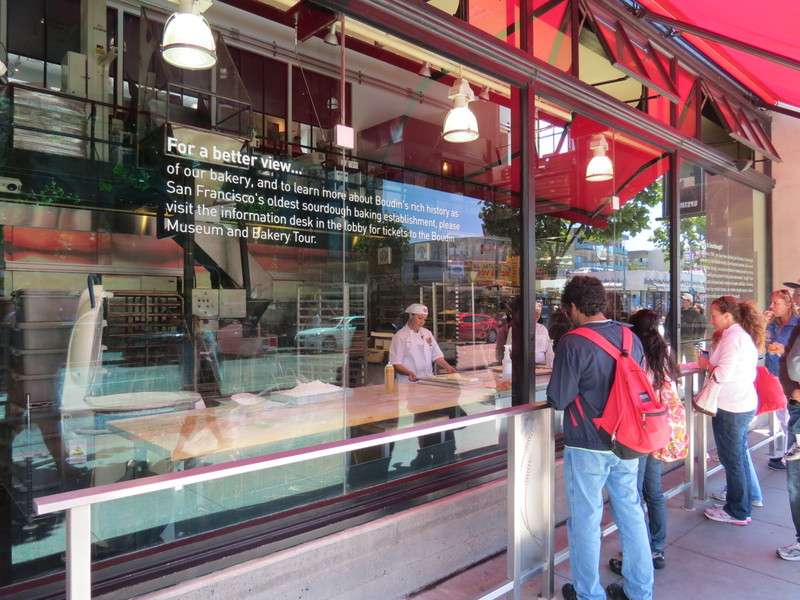
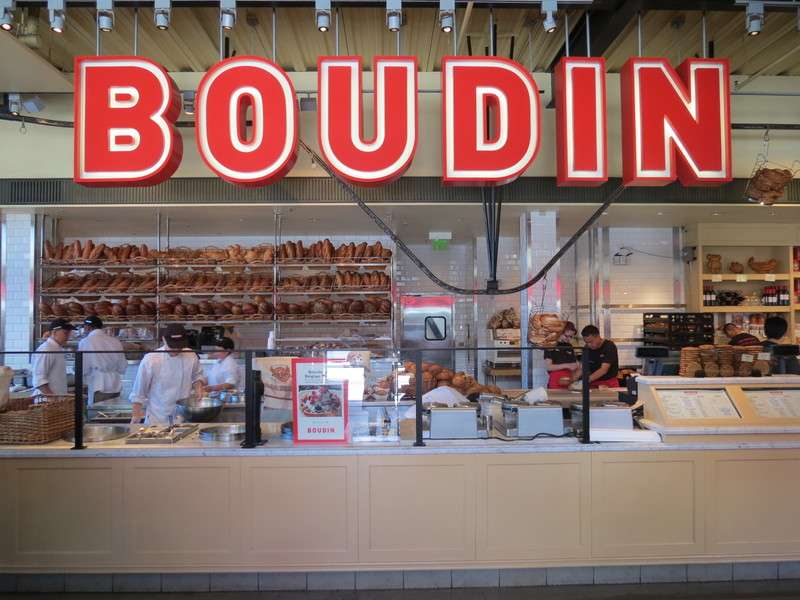
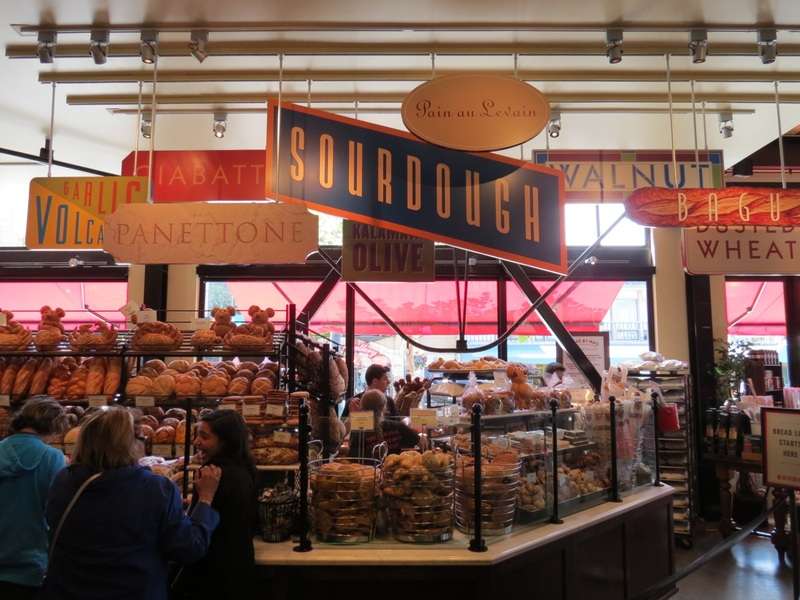
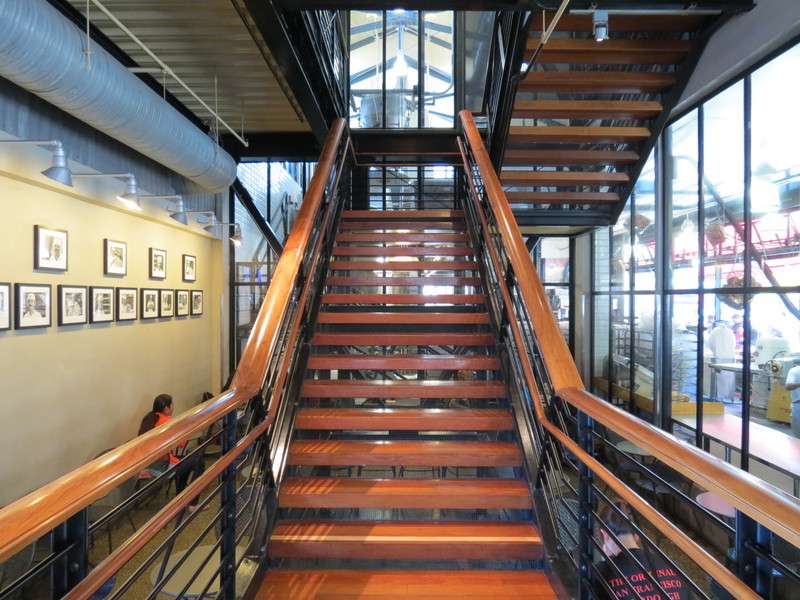
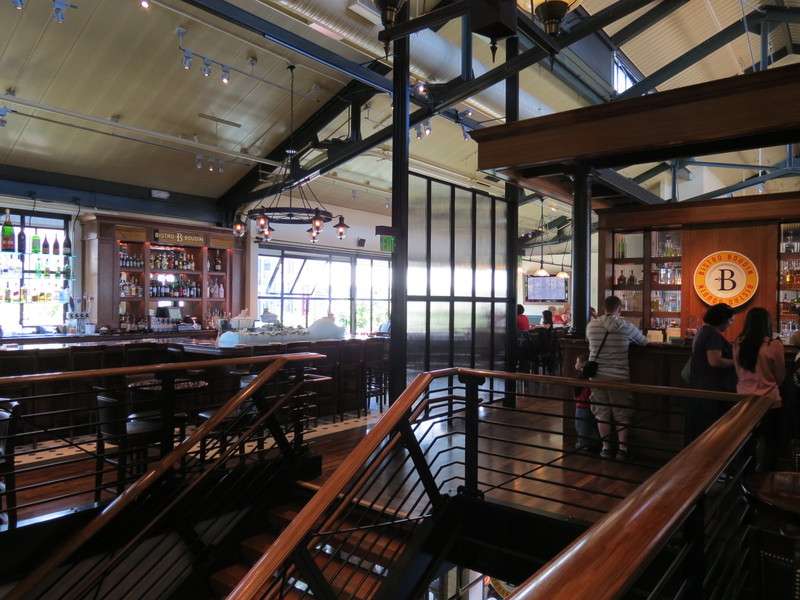
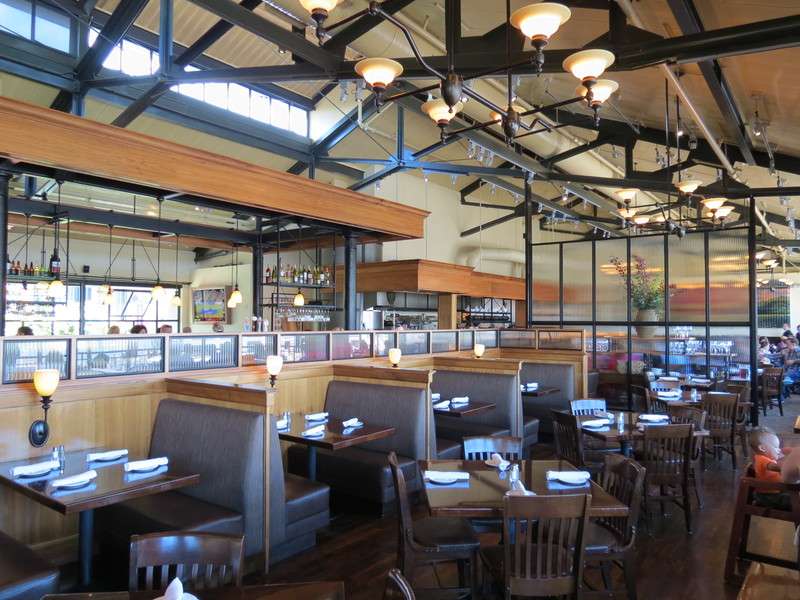
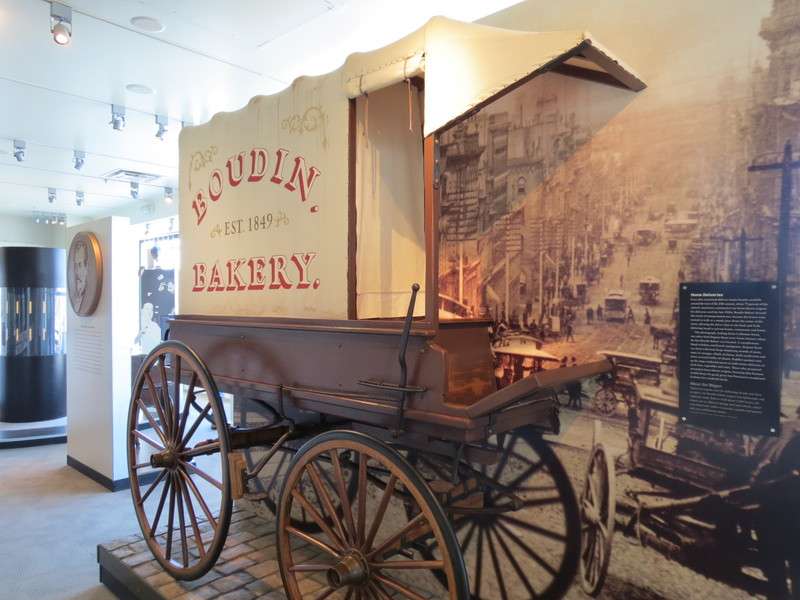

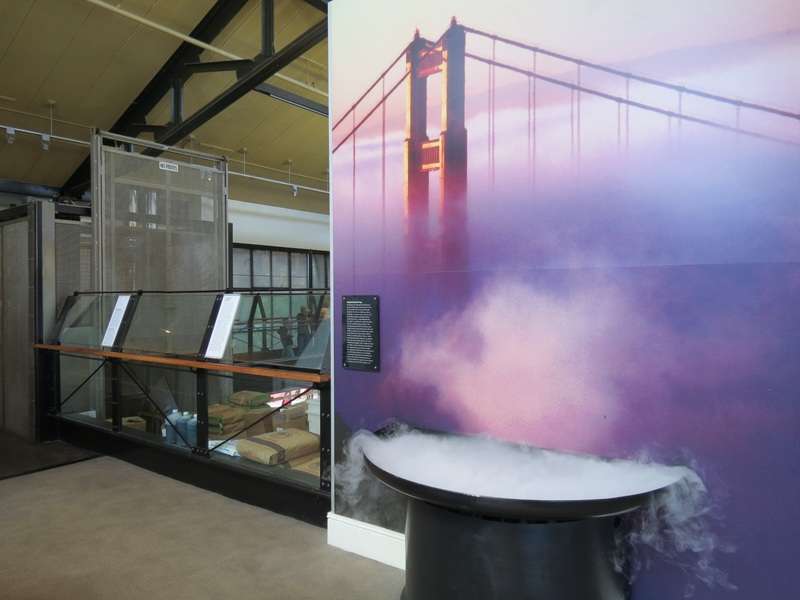
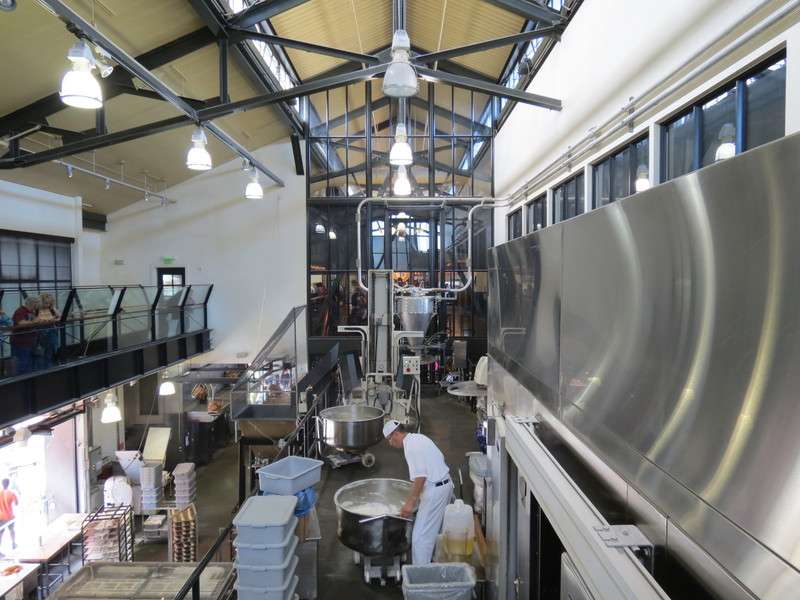
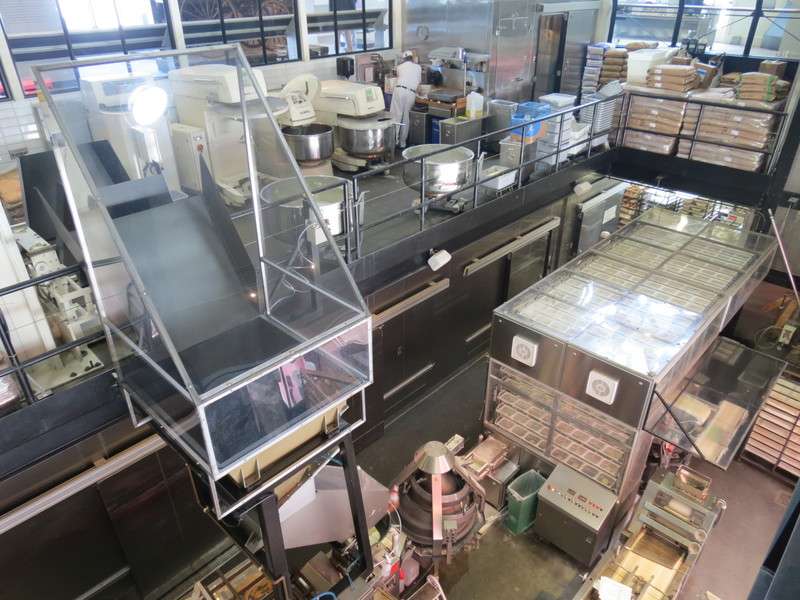

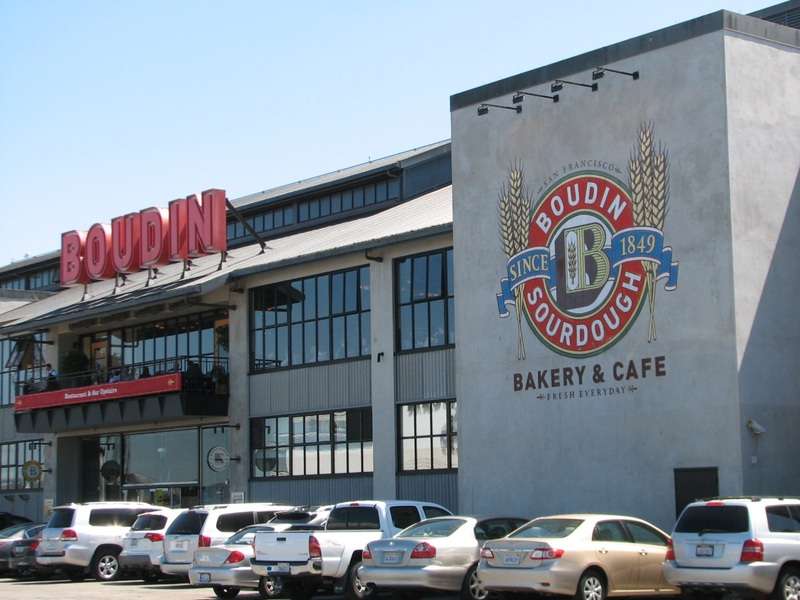
Franciscan Crab Restaurant:
This is next to Pier 43.
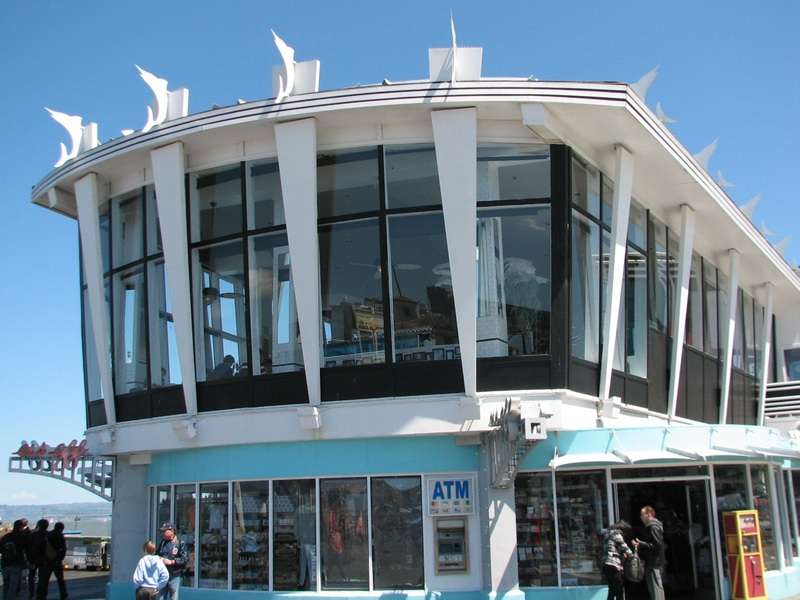
View Alcatraz:
This classic sign from yesteryear is next to a dock for the Red and White Fleet ferry company, one of several that gives sightseeing tours of the bay. In the middle of the bay is Alcatraz Island, the famous former military post and Federal prison that is now a National Monument (ferries to it leave from the nearby base of Pier 41).
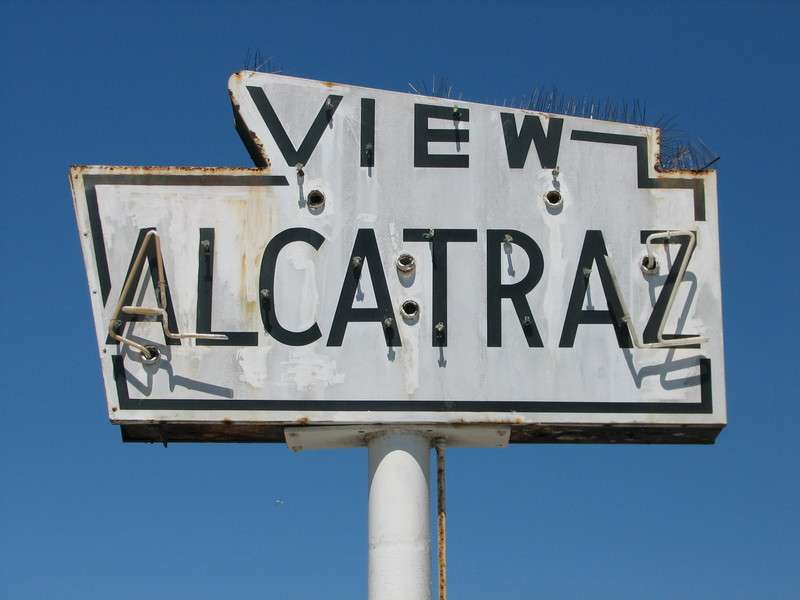
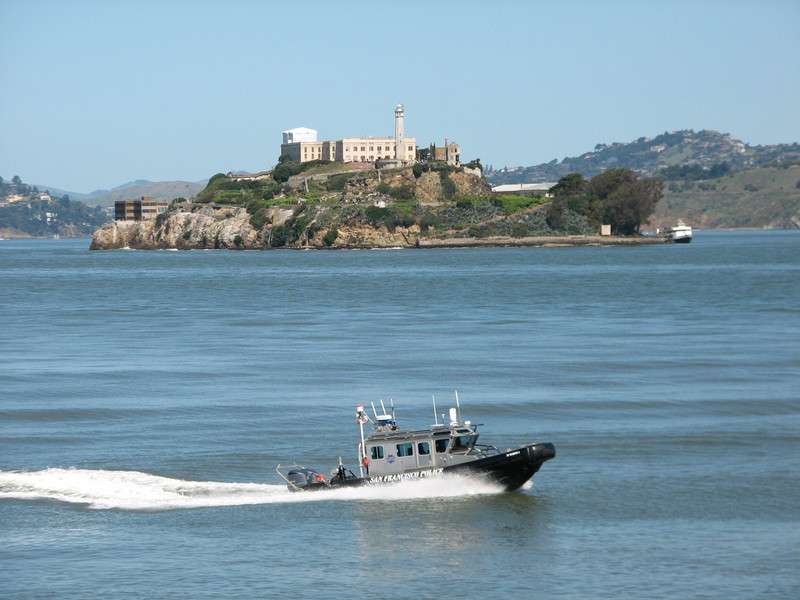

Pier 45:
This historic pier has two long warehouses occupied by various seafood distribution companies; a large part of the middle waterfront of the neighborhood remains a working fishing port. The East side of the pier features two historic military ships that can be toured: The SS Jeremiah O'Brien (a World War II liberty ship that was built in one of the shipyards on the bay) and the USS Pampanito (a World War II submarine). The base of one of the pier buildings houses the Musee Mecanique, an arcade mostly composed of historic mechanical amusements.
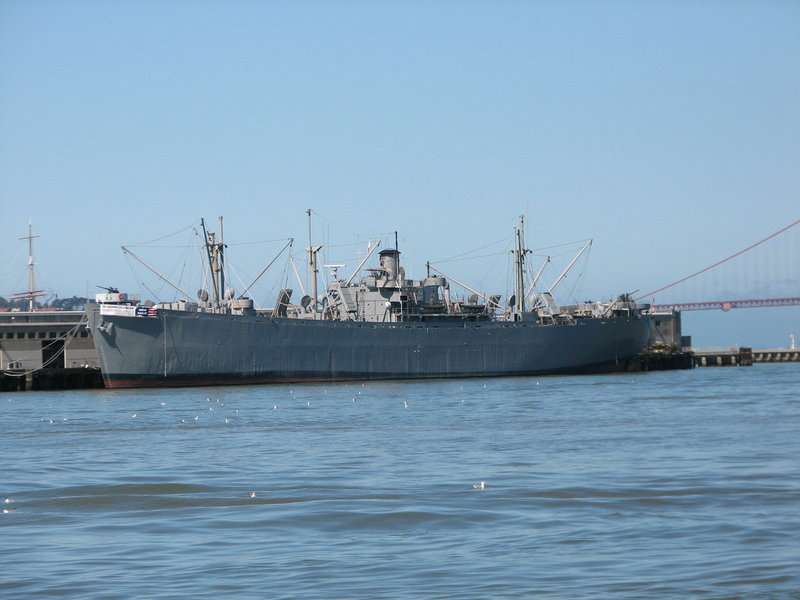
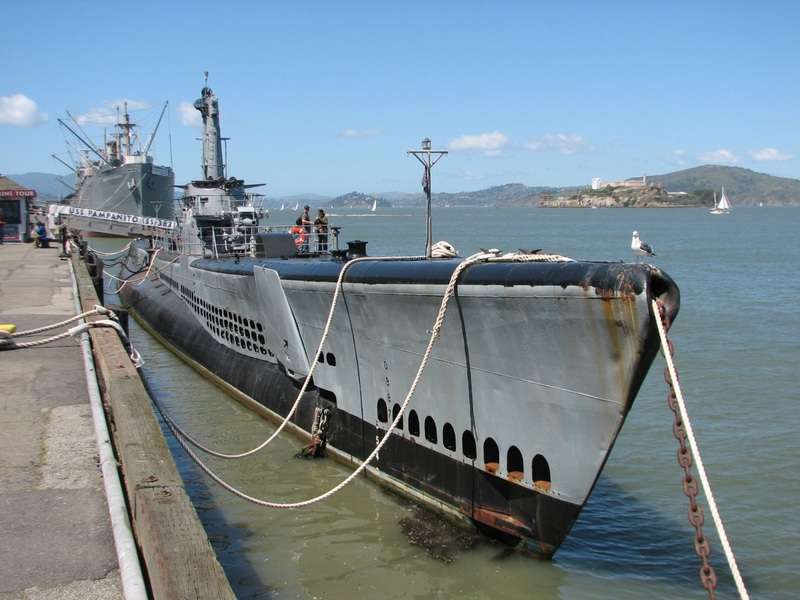
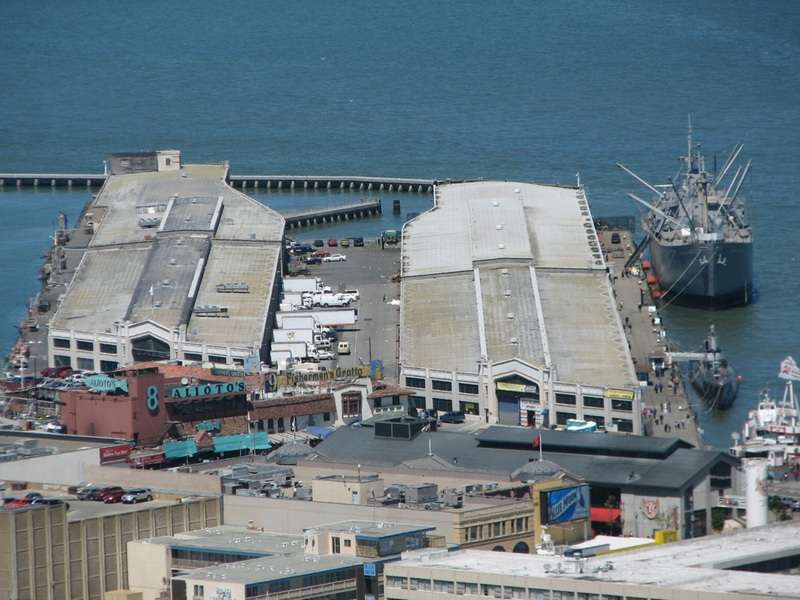
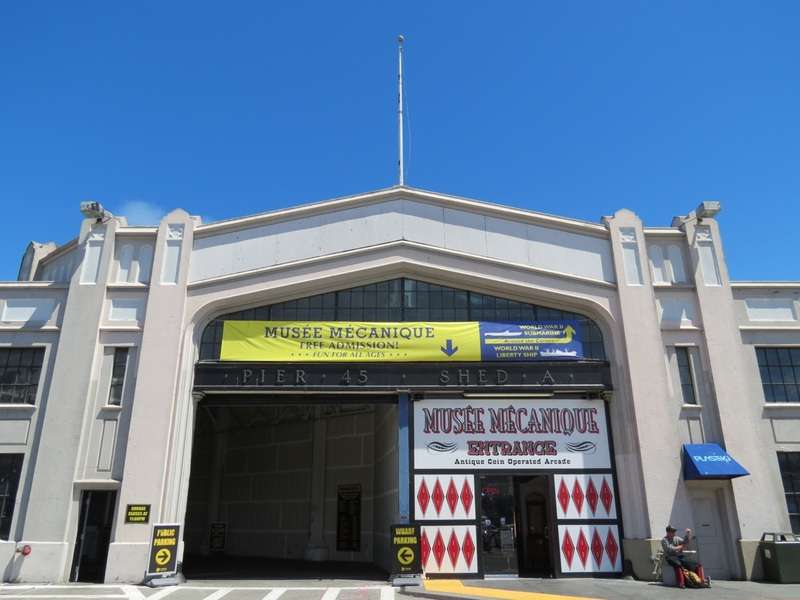
Fisherman's Grotto:
A cluster of historic seafood restaurants is near Pier 45, including this one; all feature sidewalk windows or counters where dungeness crab are boiled and served in season and chowders in sourdough bread bowls are ubiquitous.
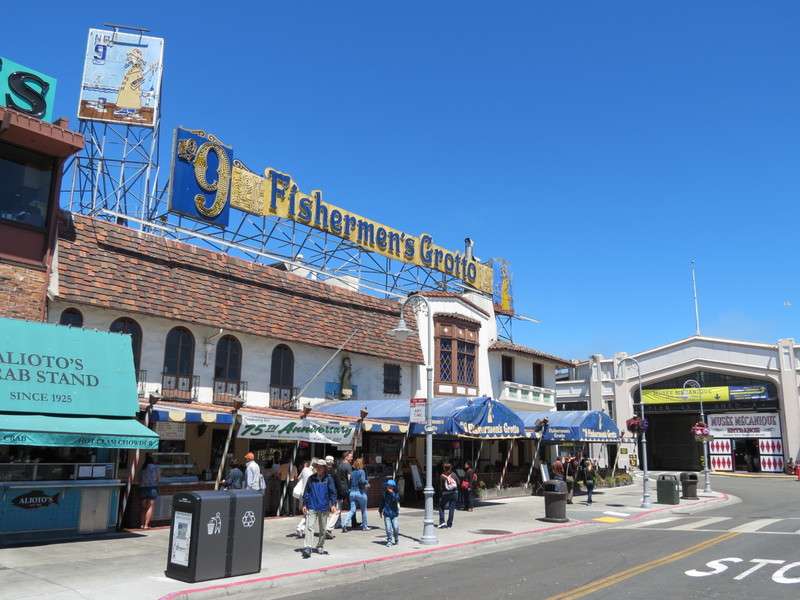
Harbor between Pier 45 and Hyde Street Pier:
Most of the fishing boats dock here, steps from the historic seafood restaurants, proving further that Fisherman's Wharf is not devoid of its namesake and original function.
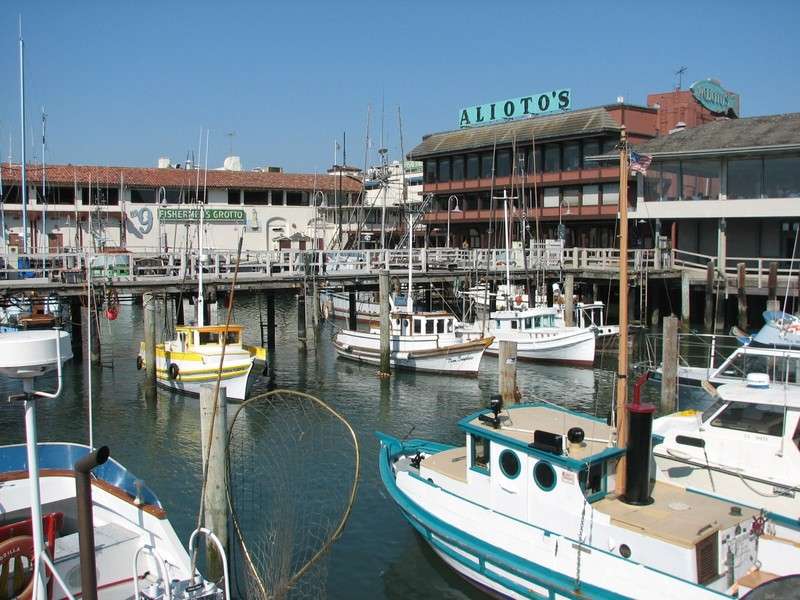
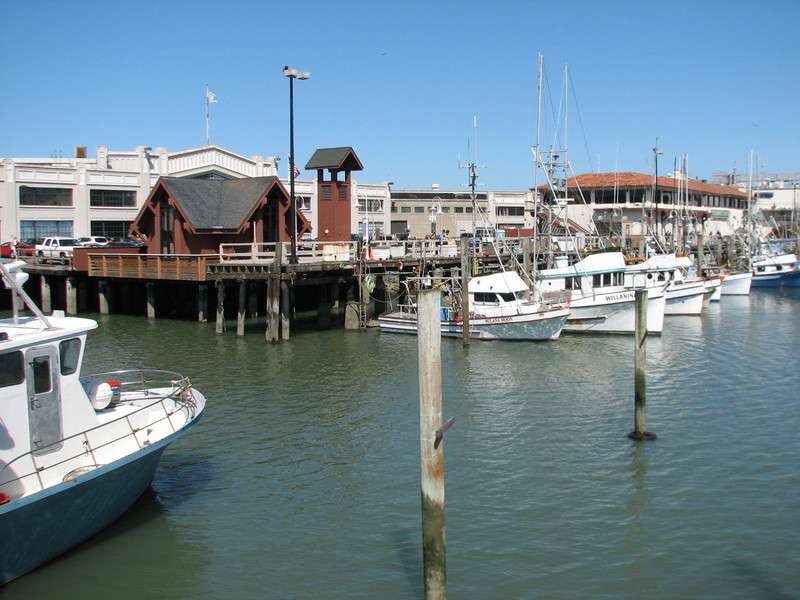
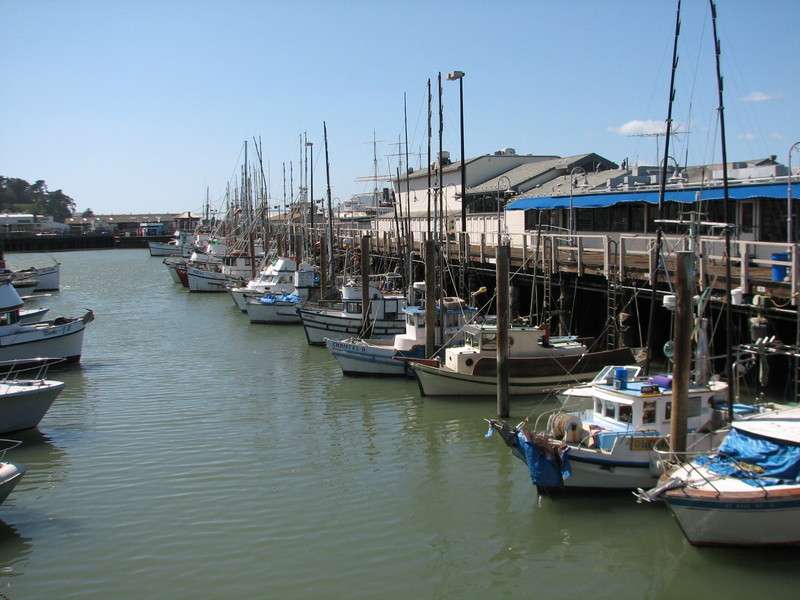
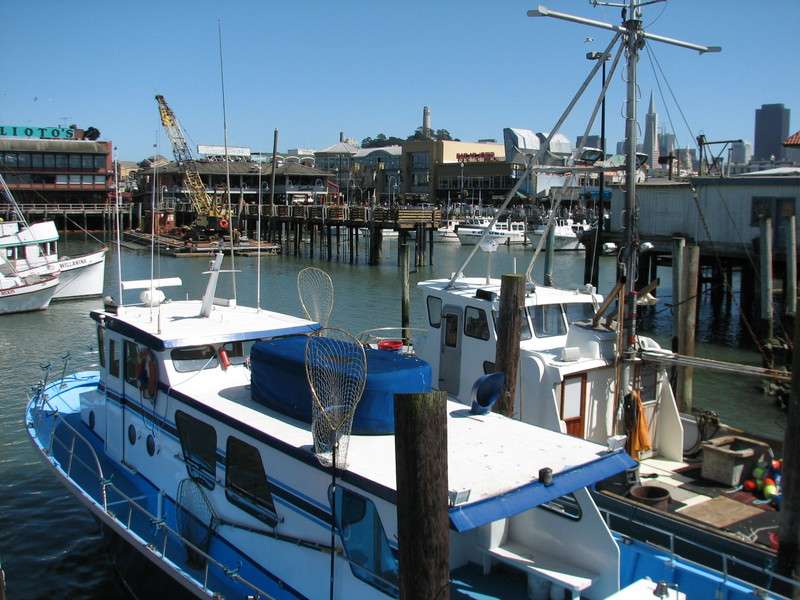
Various Buildings:
The middle part of the area mostly contains shops and restaurants in the blocks closest to the waterfront, mid-sized hotels in the blocks beyond, and some residential buildings in the blocks furthest inland. One of the city's three cable car lines has its terminus here as well. Here are some examples of each.
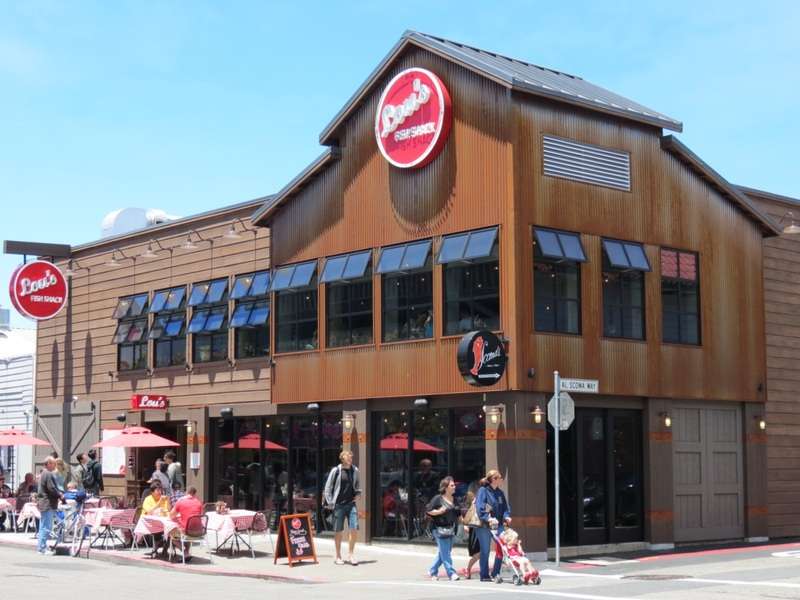
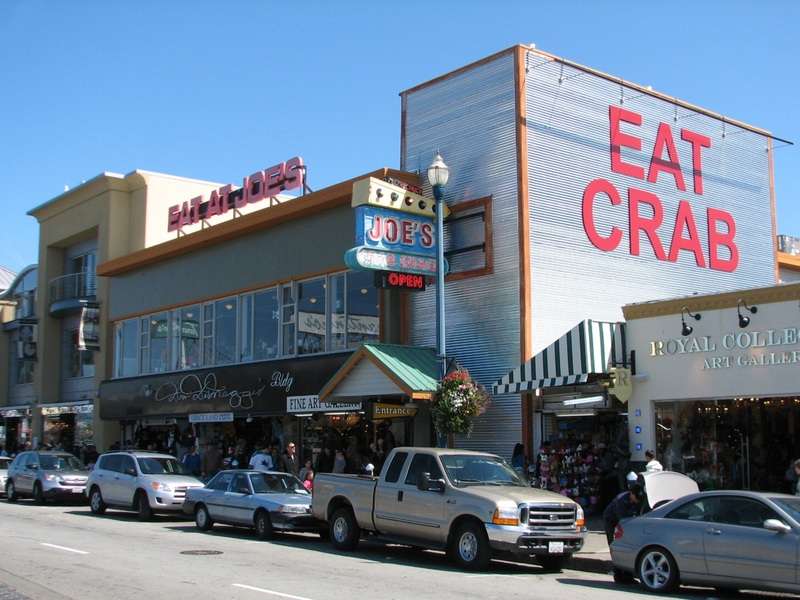
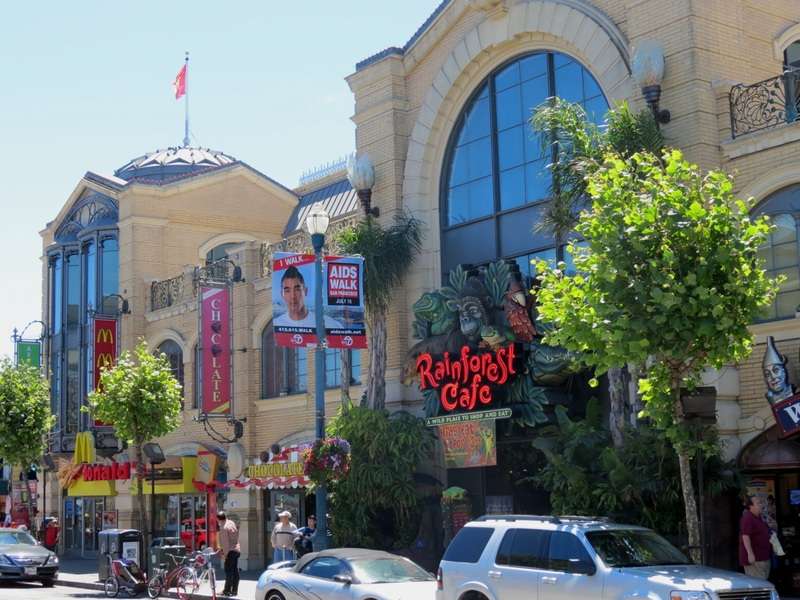


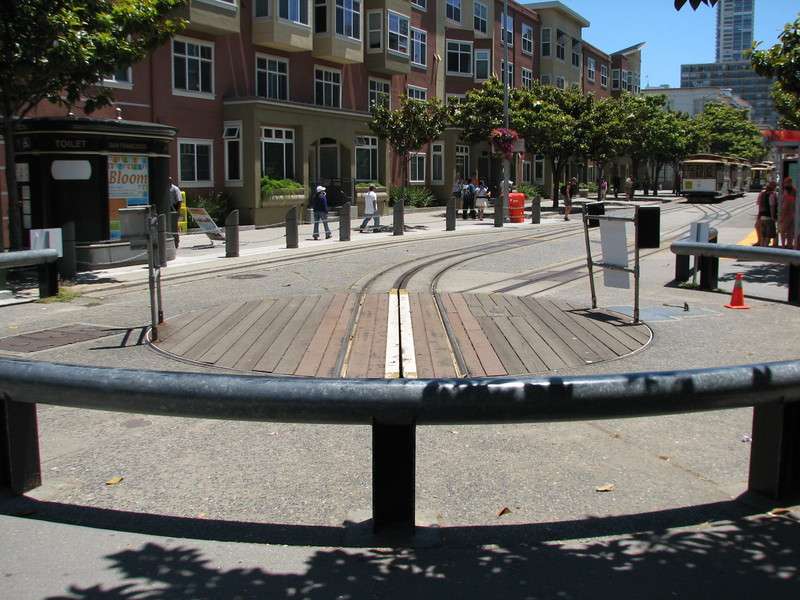
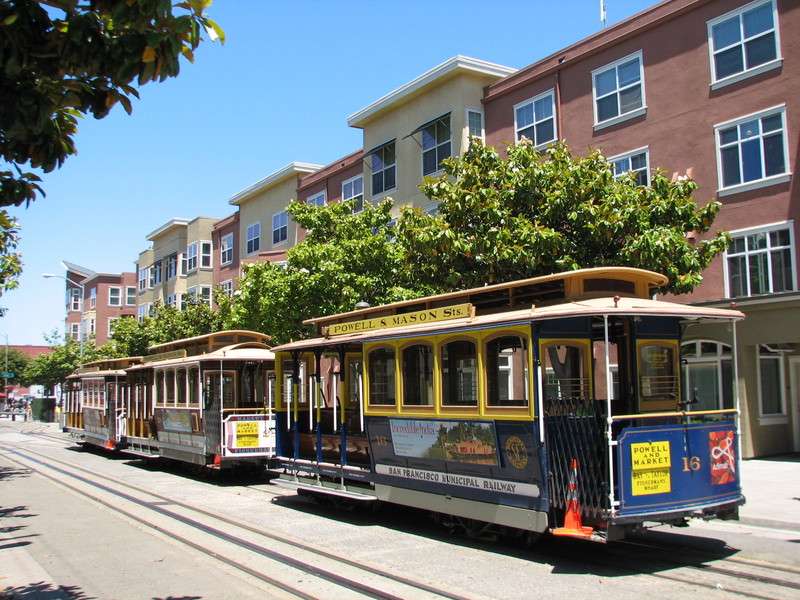
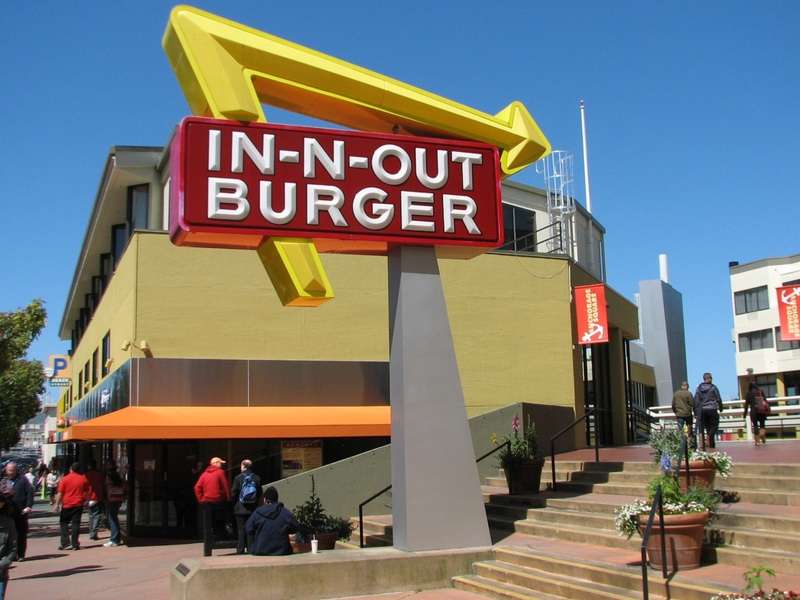
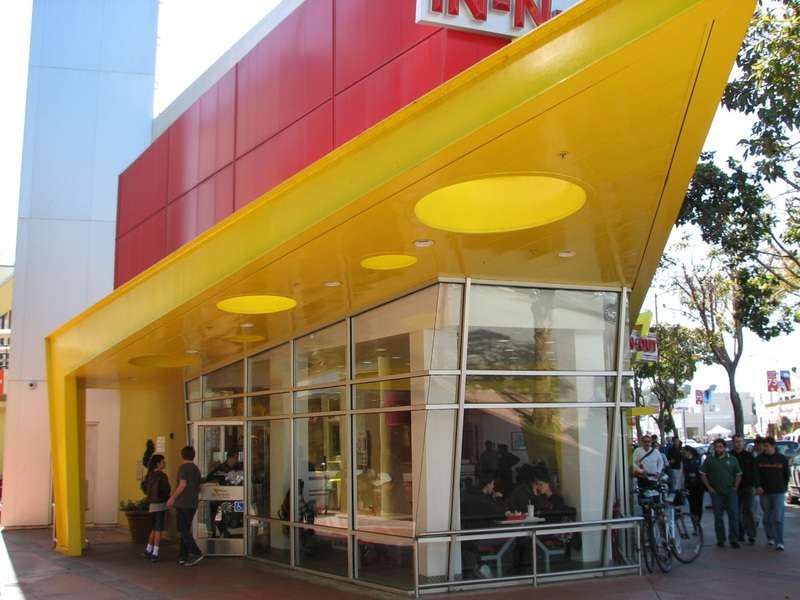
Del Monte Square:
This complex occupies the site and some of the original buildings of what was once Plant Number 1 (built in 1907) of the Del Monte brand of the California Fruit Canners Association which eventually became Del Monte Foods. The Easternmost buildings are called The Cannery and were renovated and altered with matching additions several decades ago to house shops and restaurants; recent years have seen this part of the complex struggling to fill its upper floor spaces. The Westernmost building was renovated in the past decade and is more successful (and closer to a respectful renovation of the original utilitarian architecture). It houses a hotel, shop, restaurant, and the visitor center for the San Francisco Maritime National Historical Park (a collection of several nearby sites in Fisherman's Wharf).

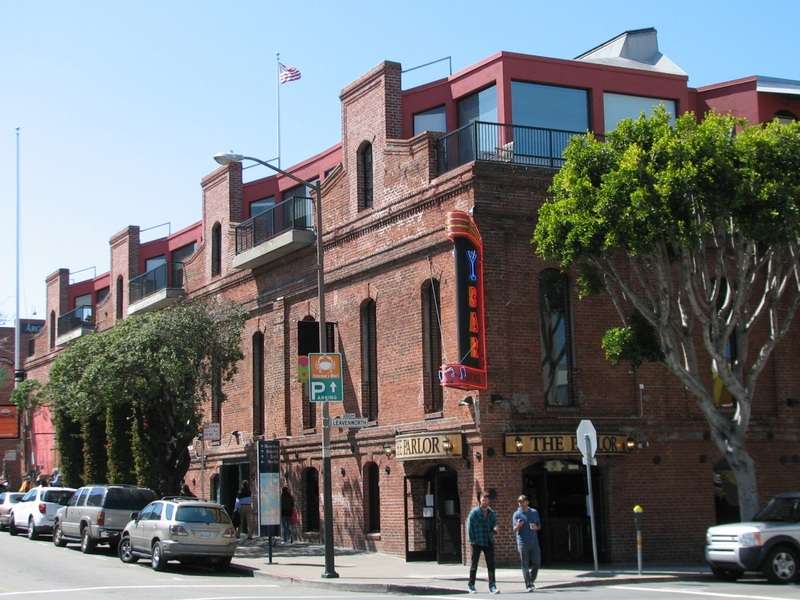
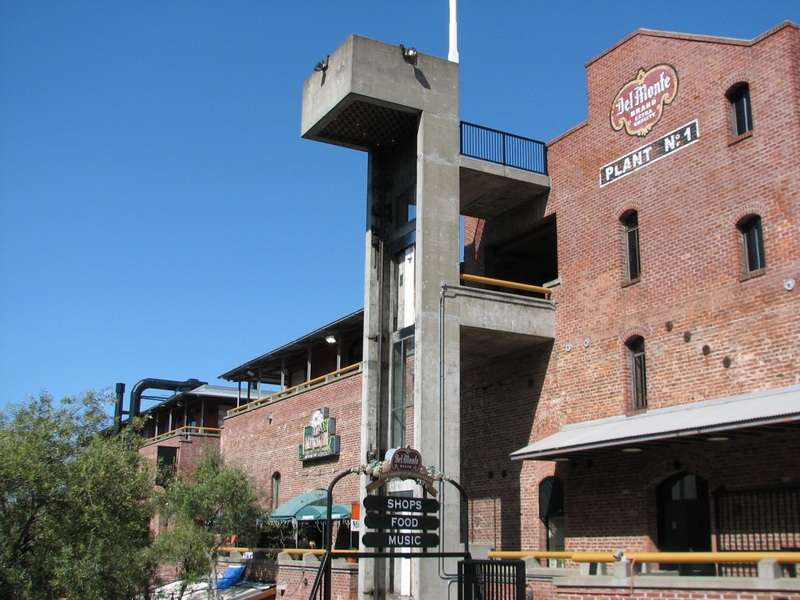

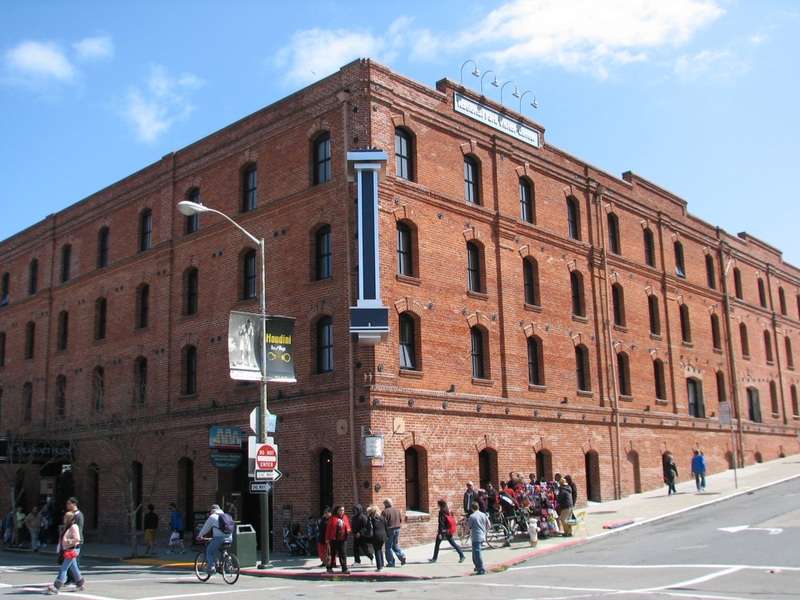
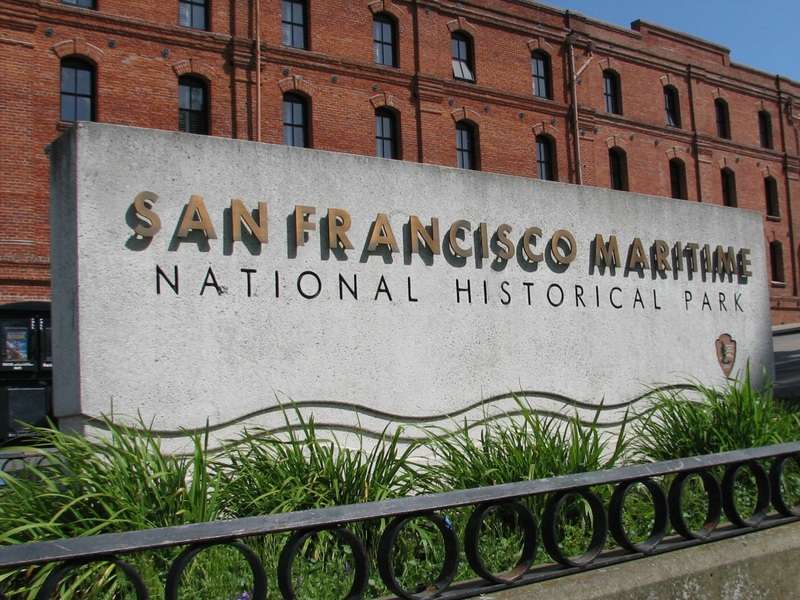
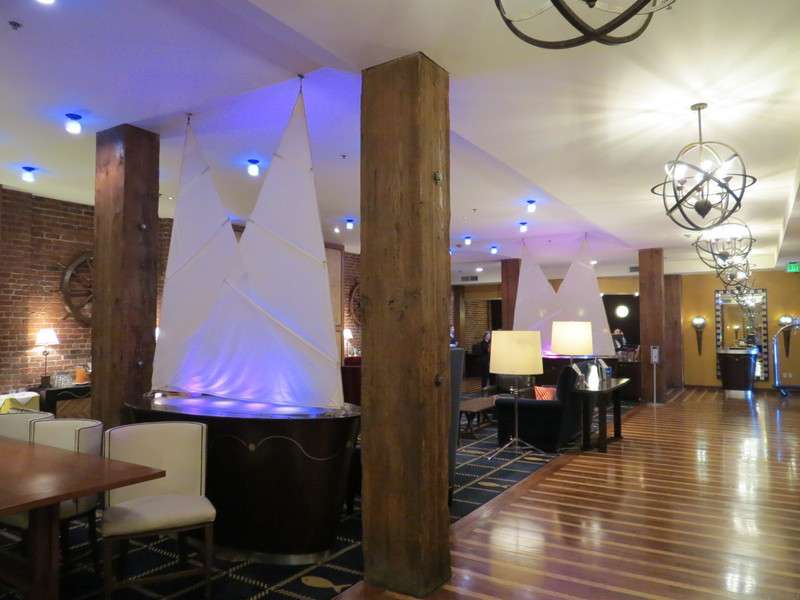
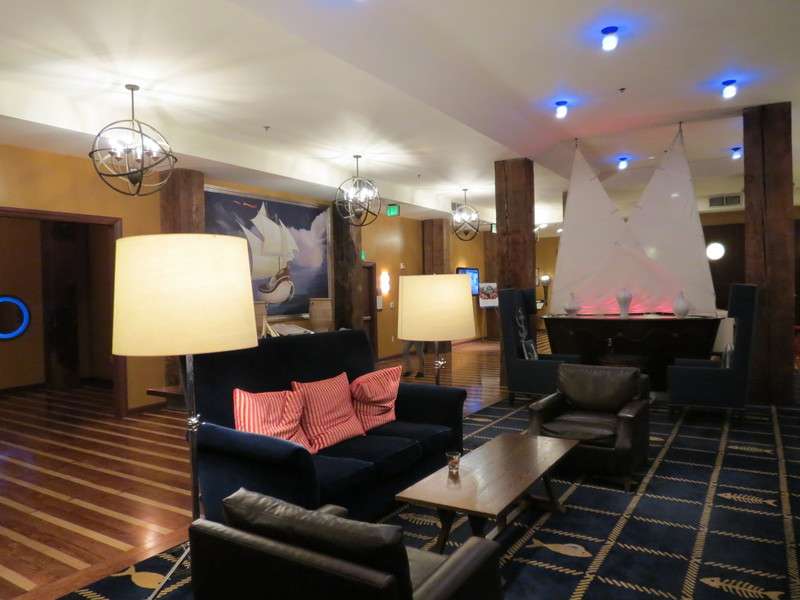
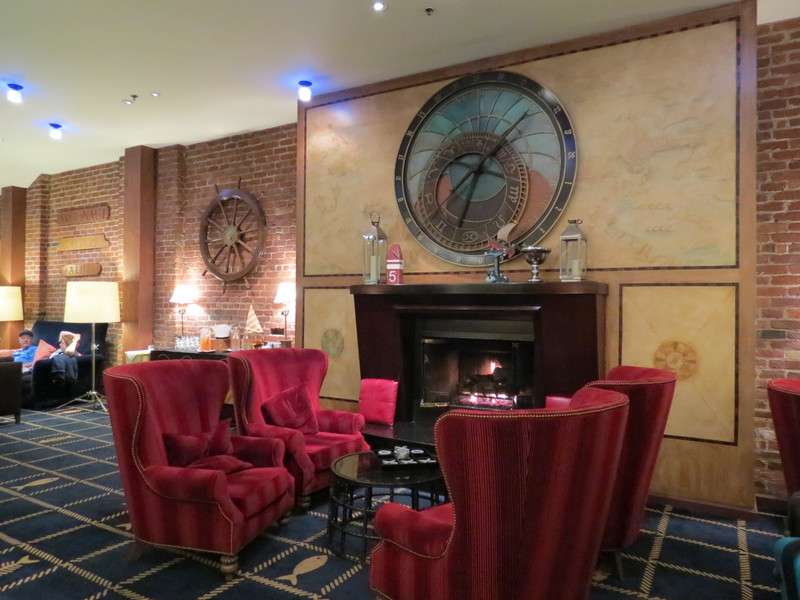
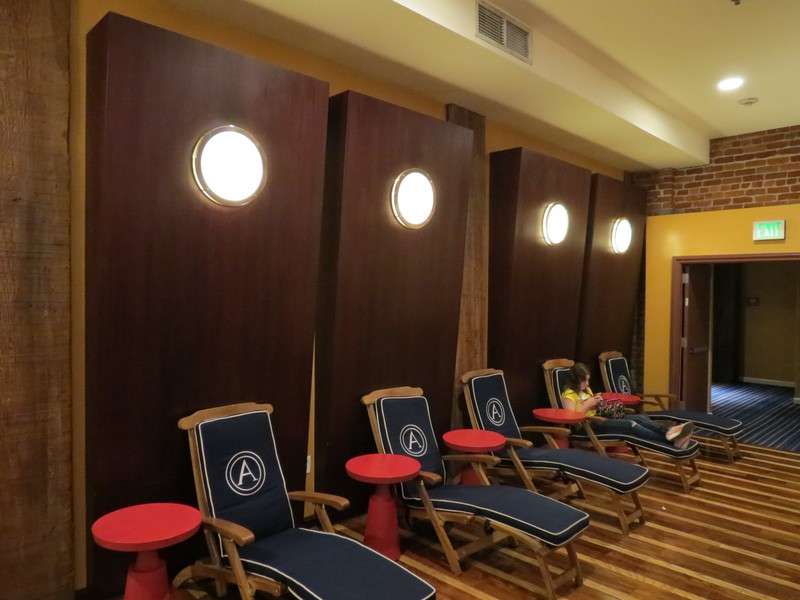
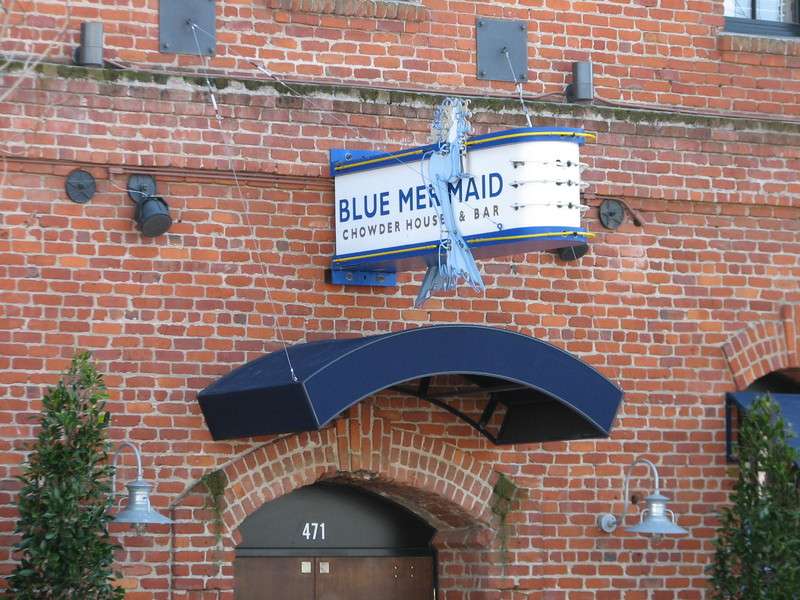
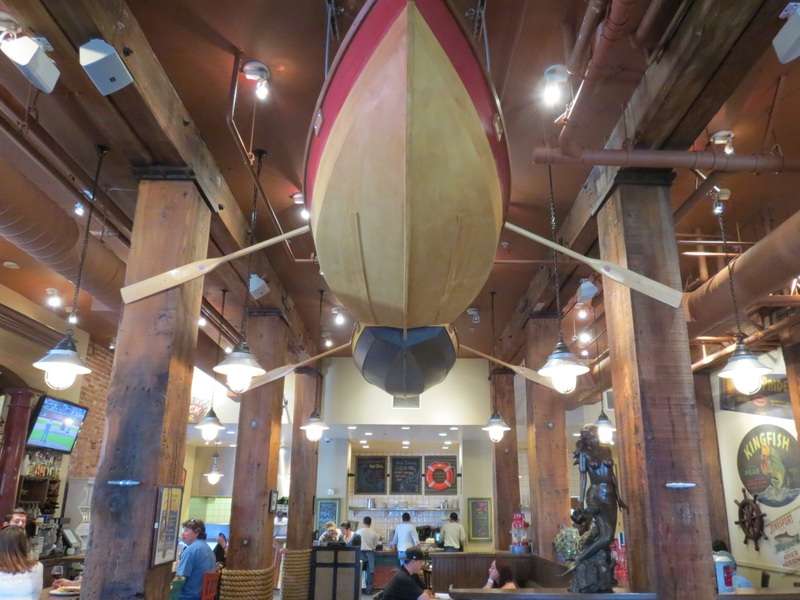
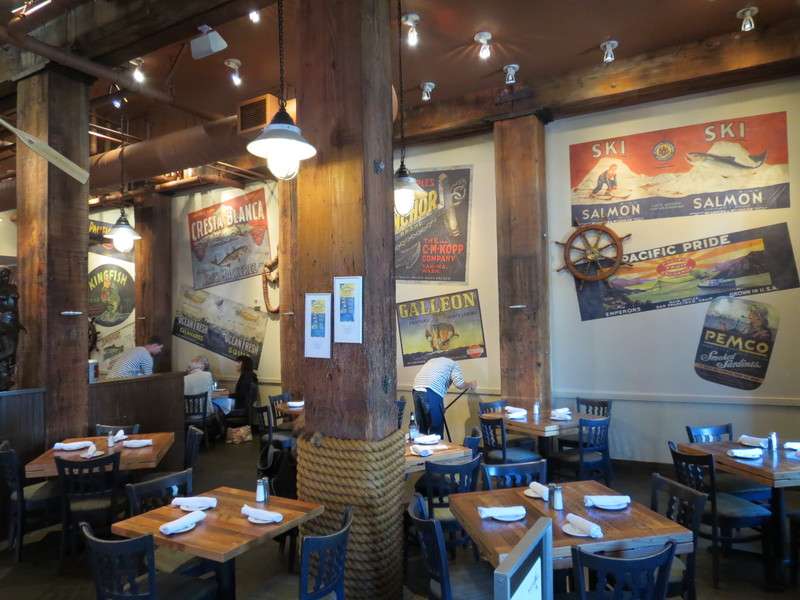
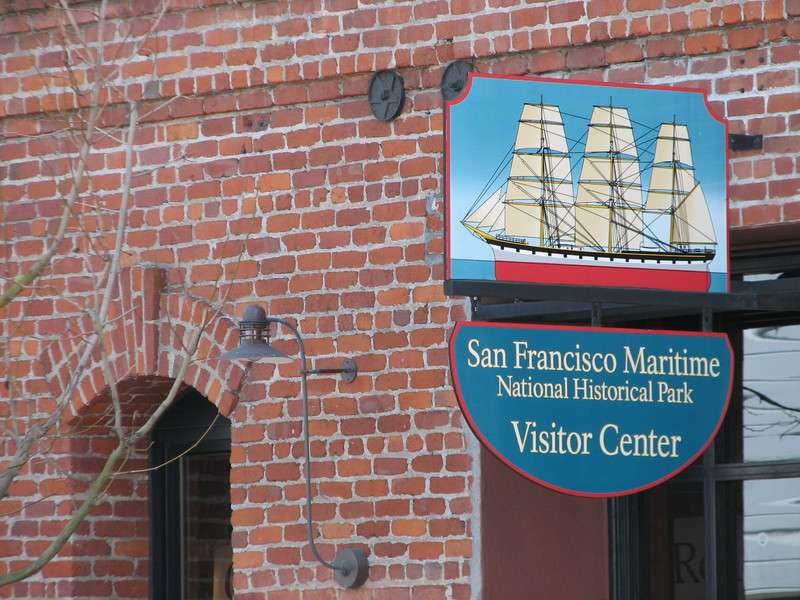
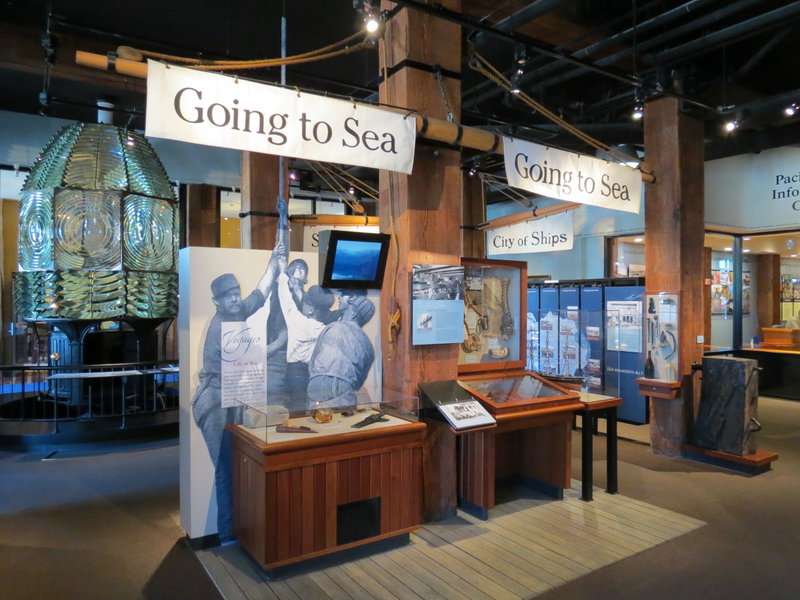
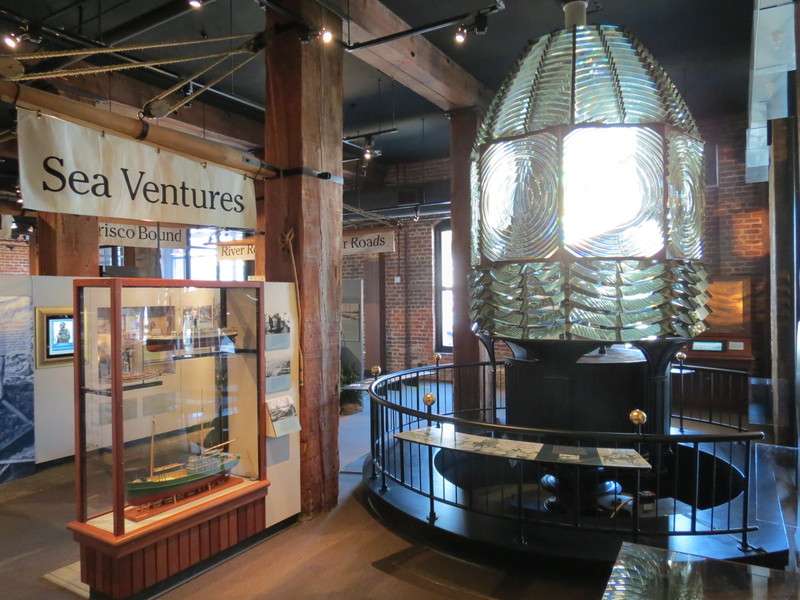
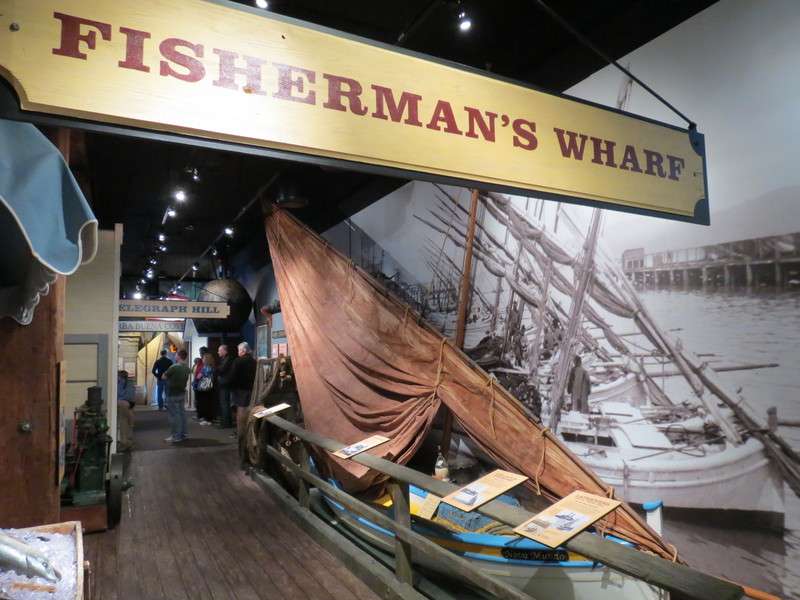
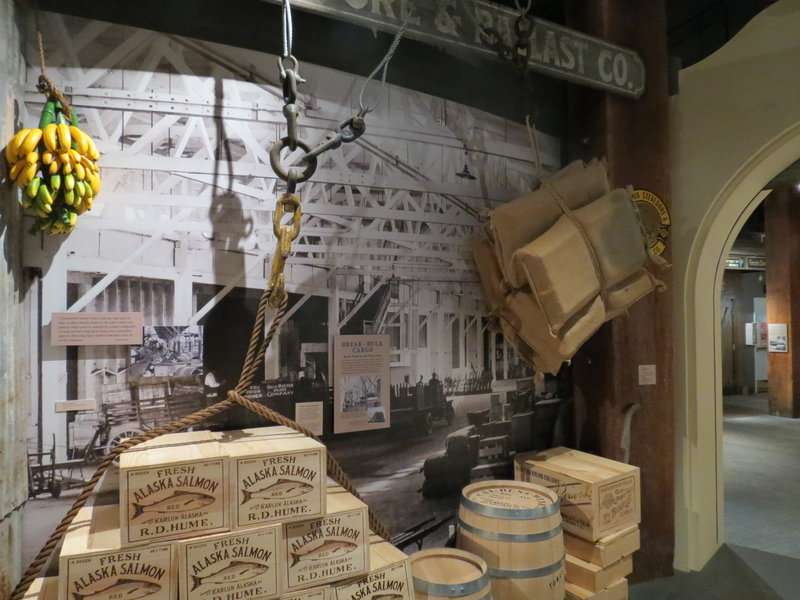

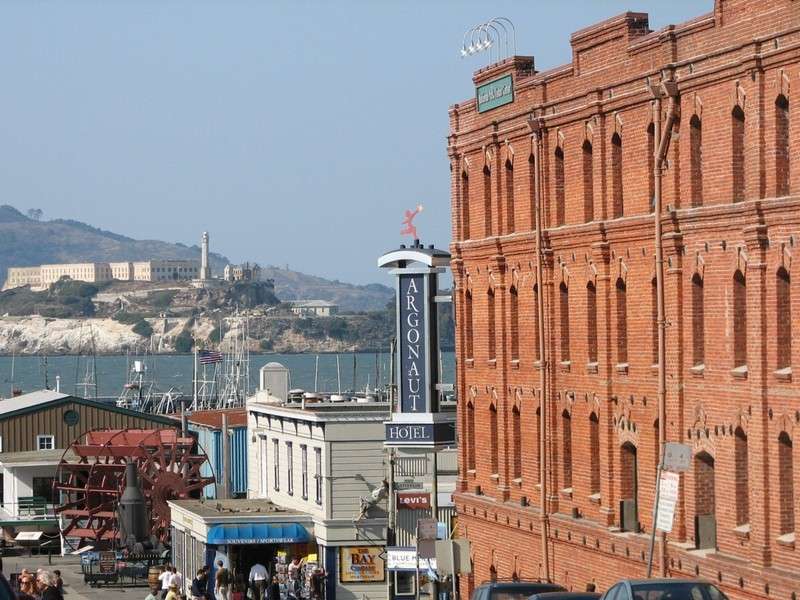
Hyde Street Pier:
Across the street from Del Monte Square is this historic pier that is part of the San Francisco Maritime National Historical Park. Dockside exhibits of nautical artifacts line the pier and several restored (or under restoration) historic boats can be toured.
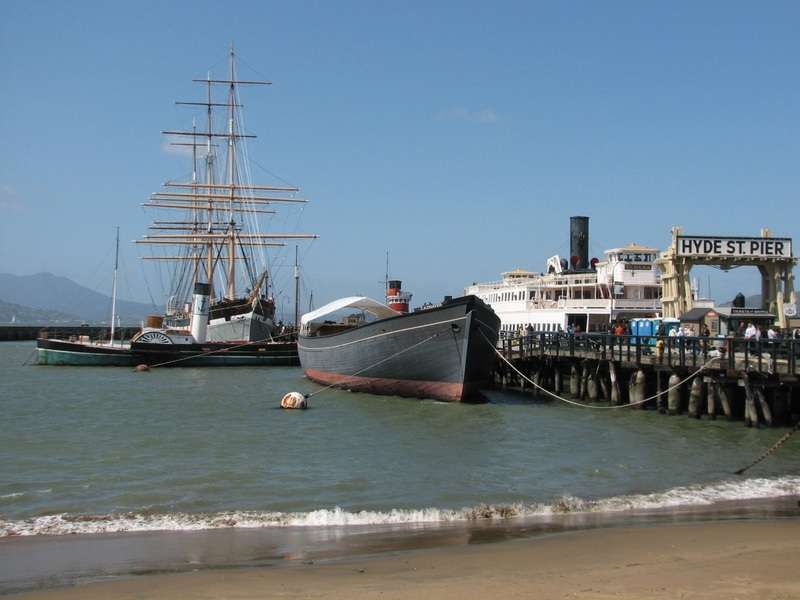
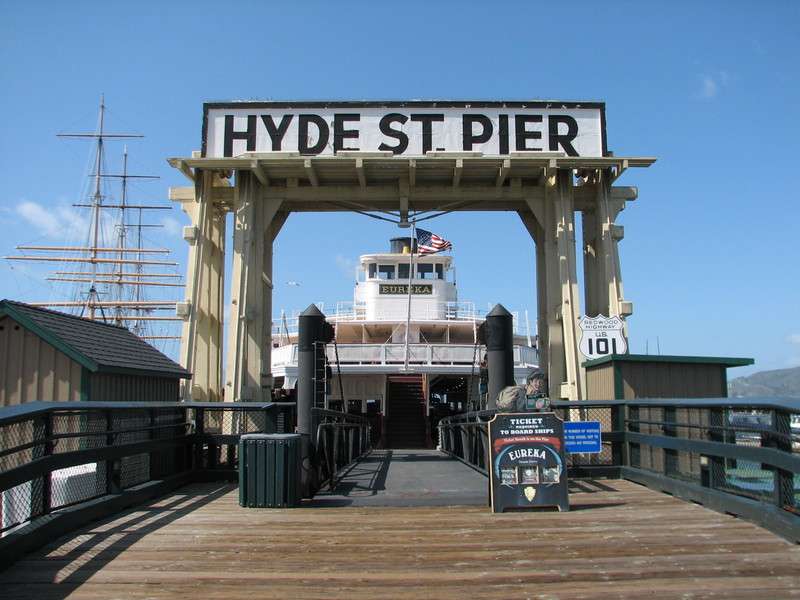

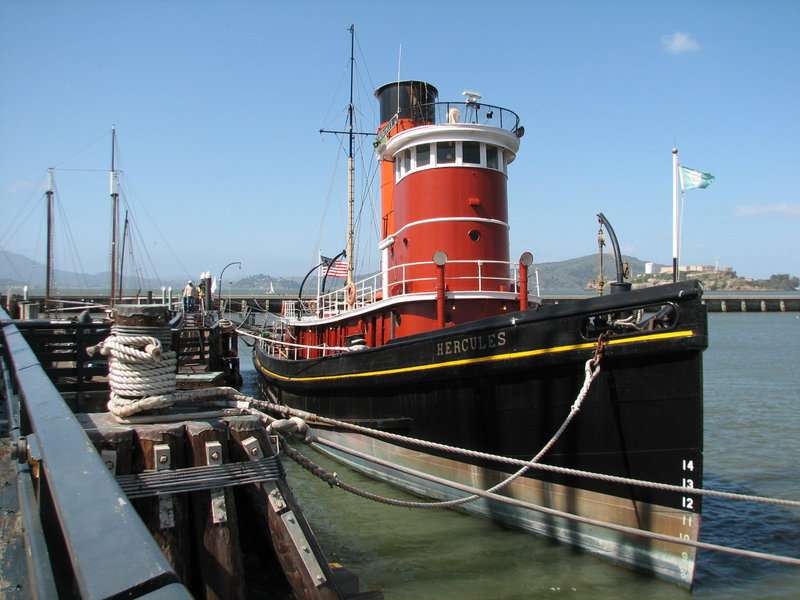
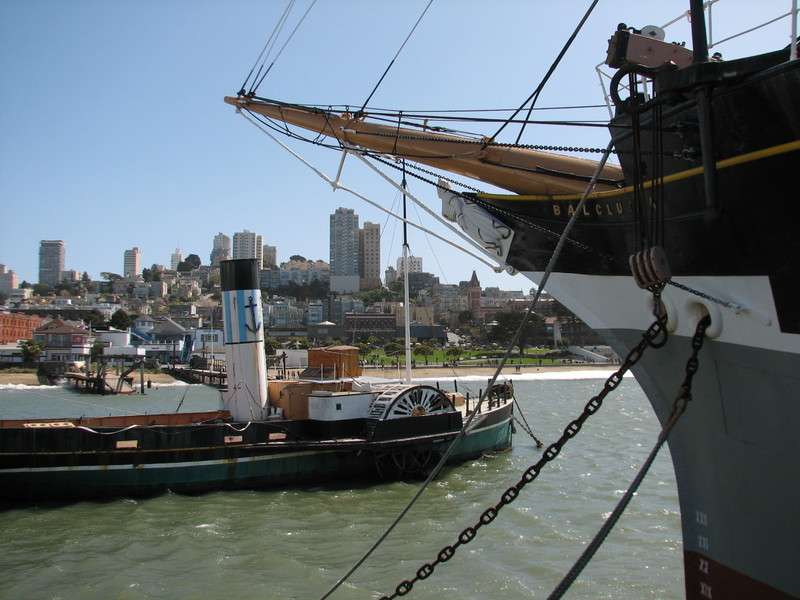
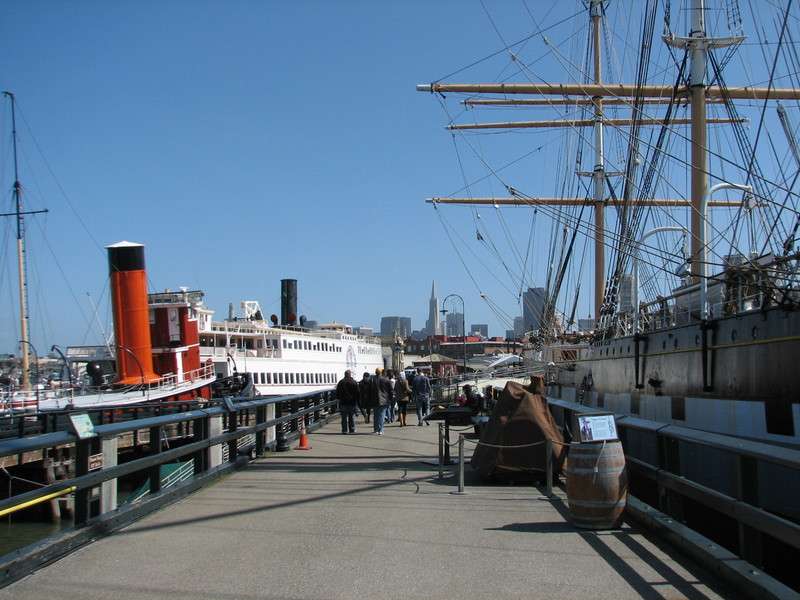
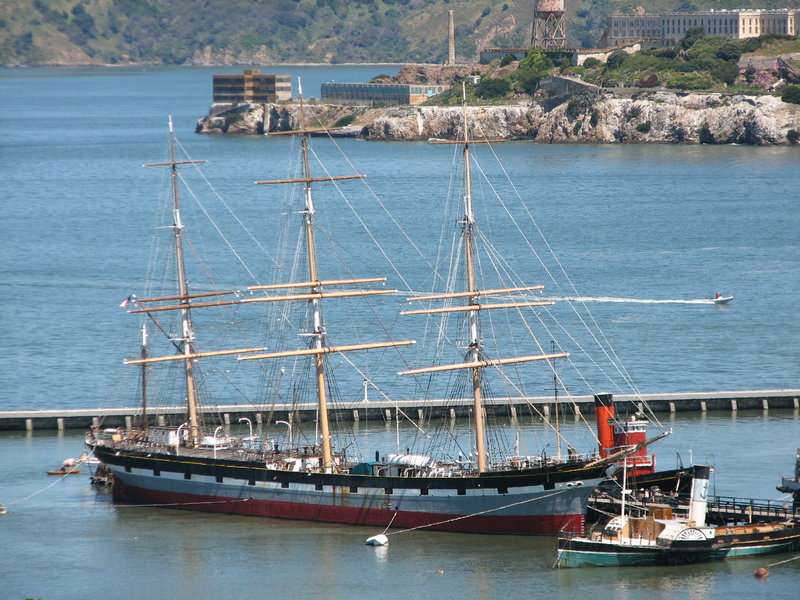
Aquatic Park:
This is also part of the San Francisco Maritime National Historical Park and is composed of a curved pier that shelters a small cove lined with a 1930's-era streamline moderne outdoor waterfront amphitheater intended for viewing aquatic activities and a former bathhouse. The bathhouse is now the Maritime Museum, which is slowly being restored and reopened; its lobby features wonderful underwater-themed murals. A grassy slope and a more formal promenade are also part of the park, and another terminus of one of the city's three cable car lines has its turntable here.
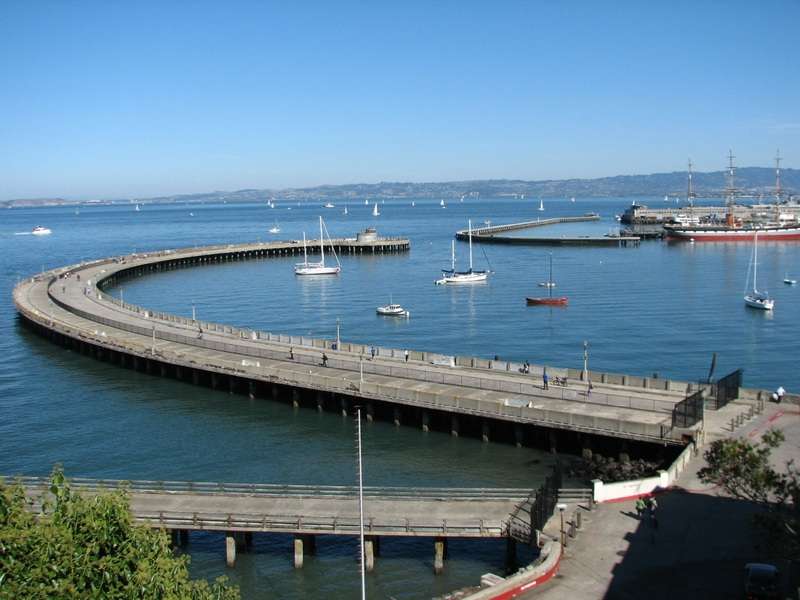
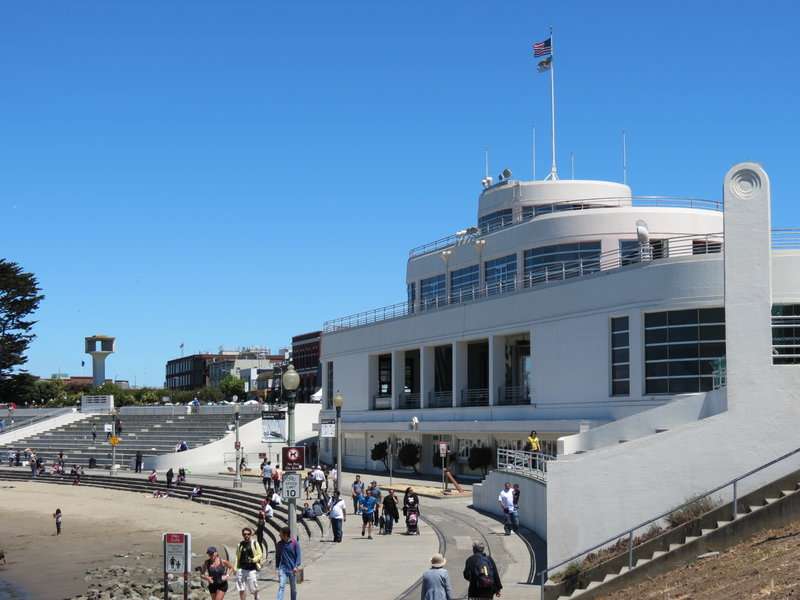
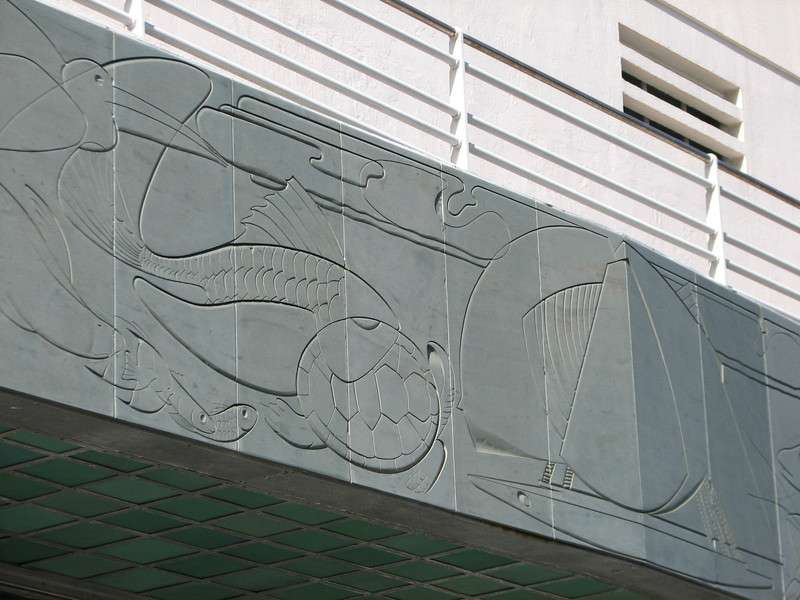
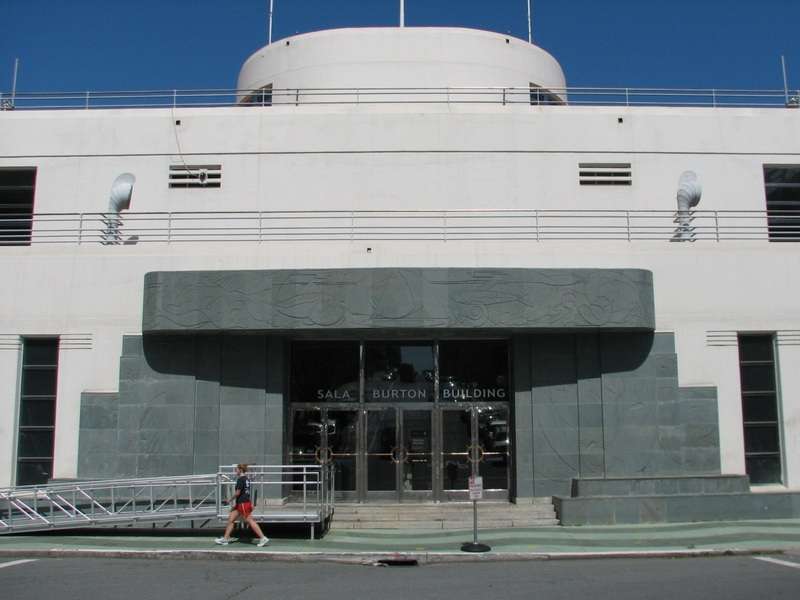
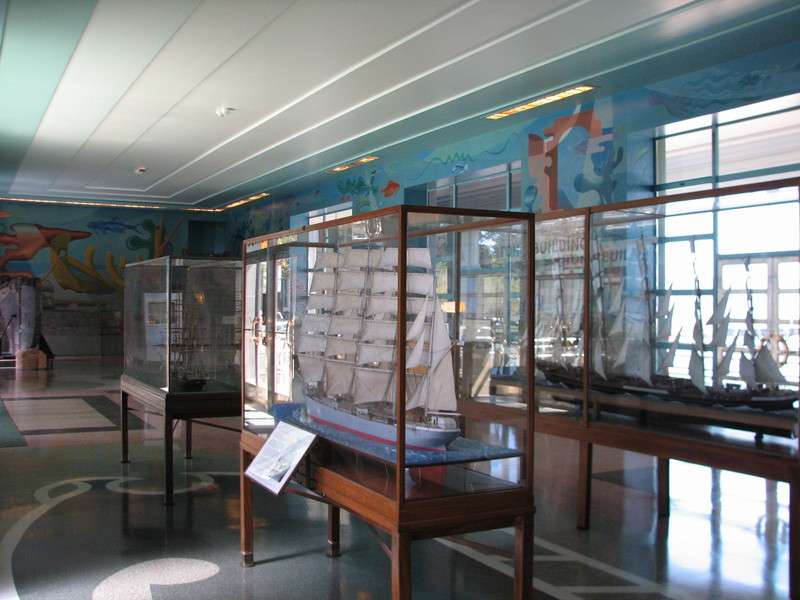
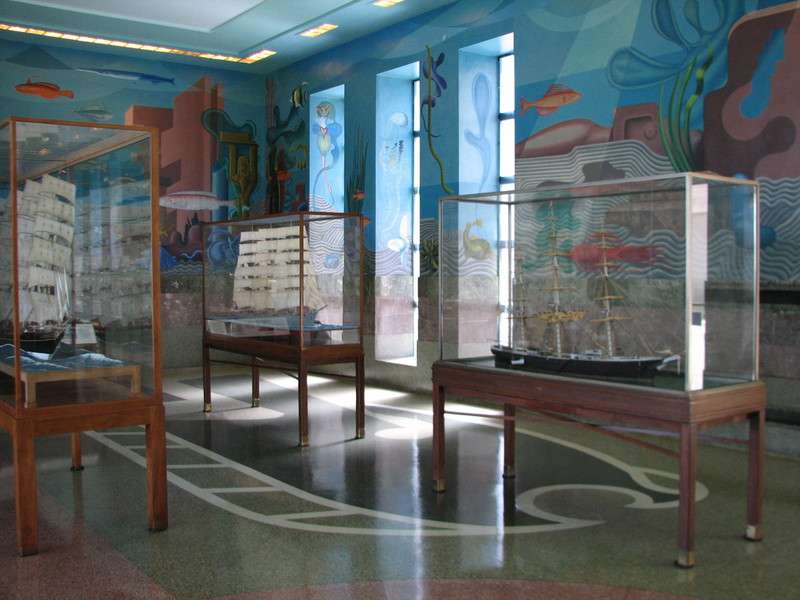
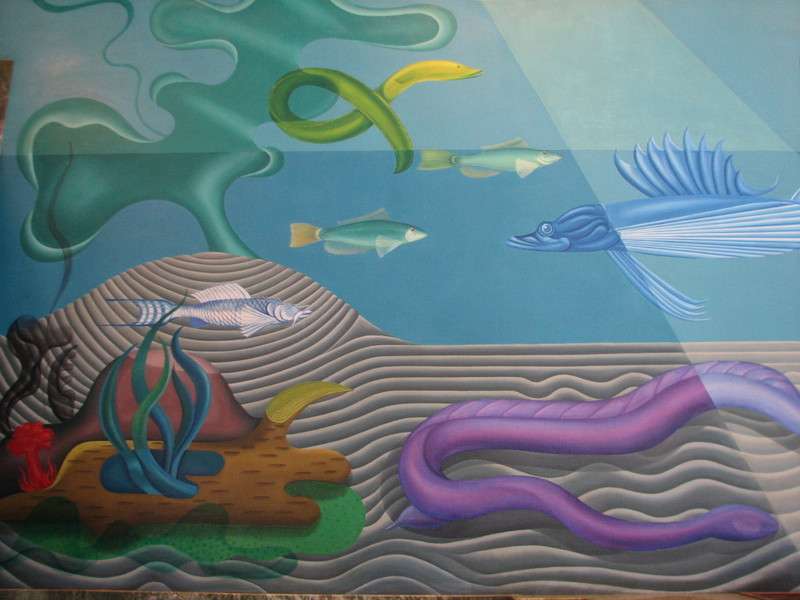
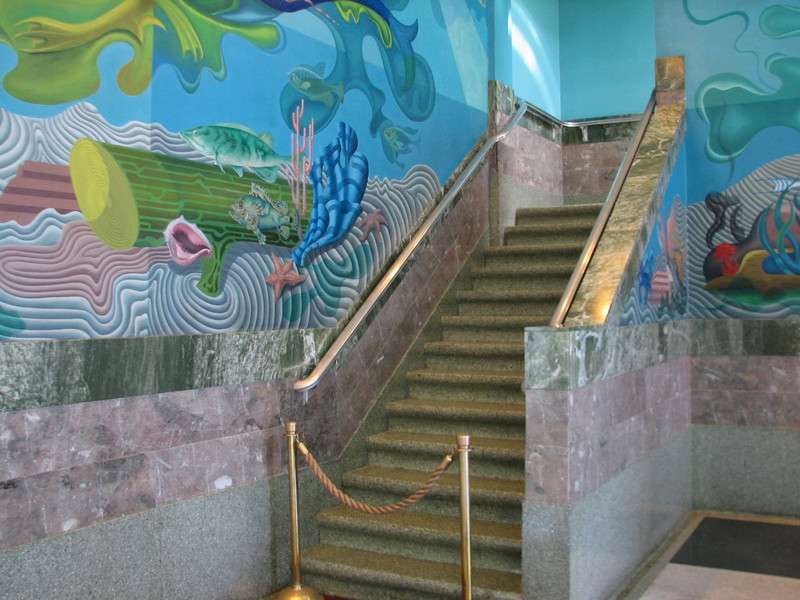
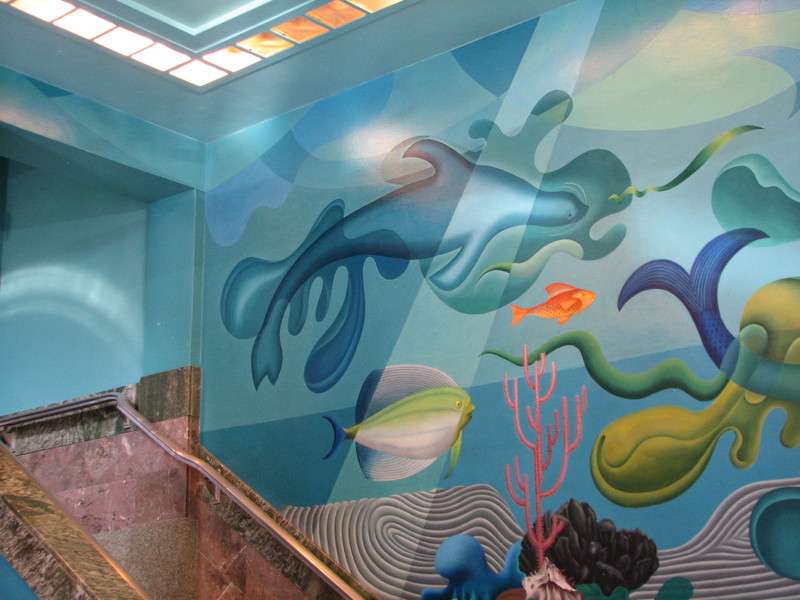


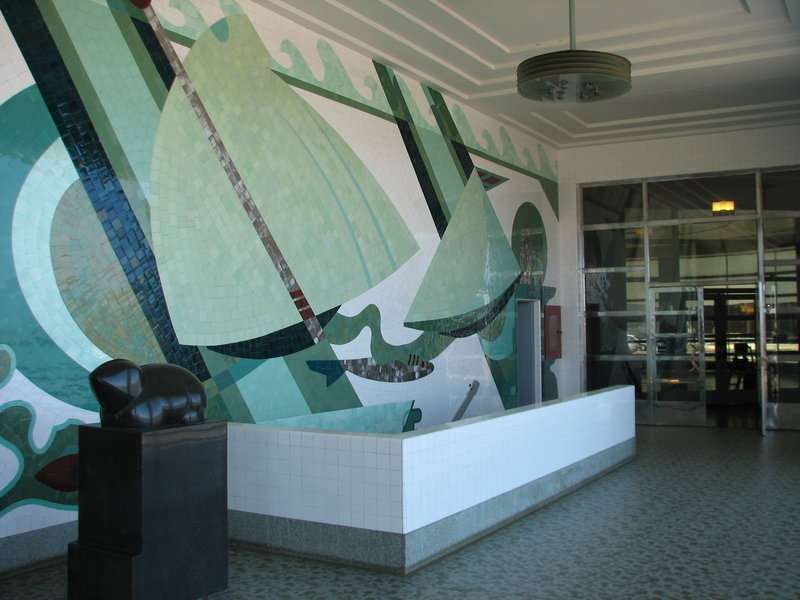
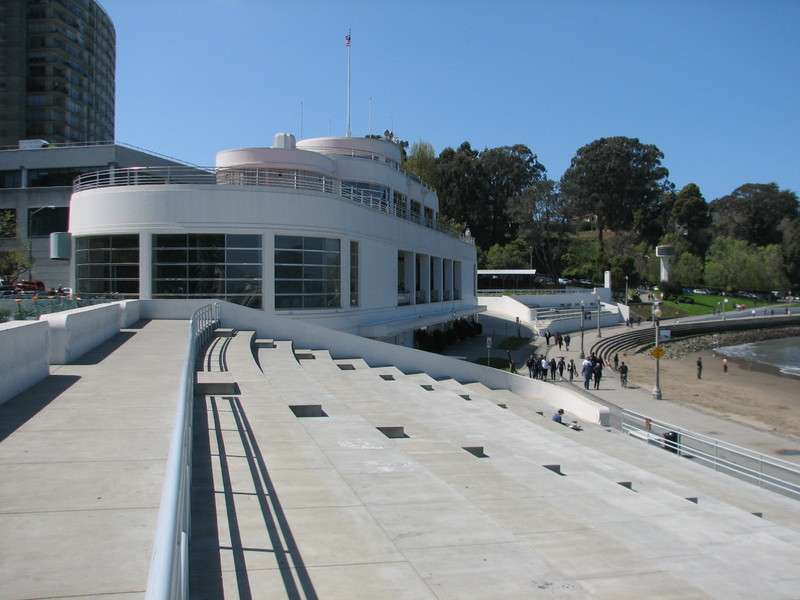
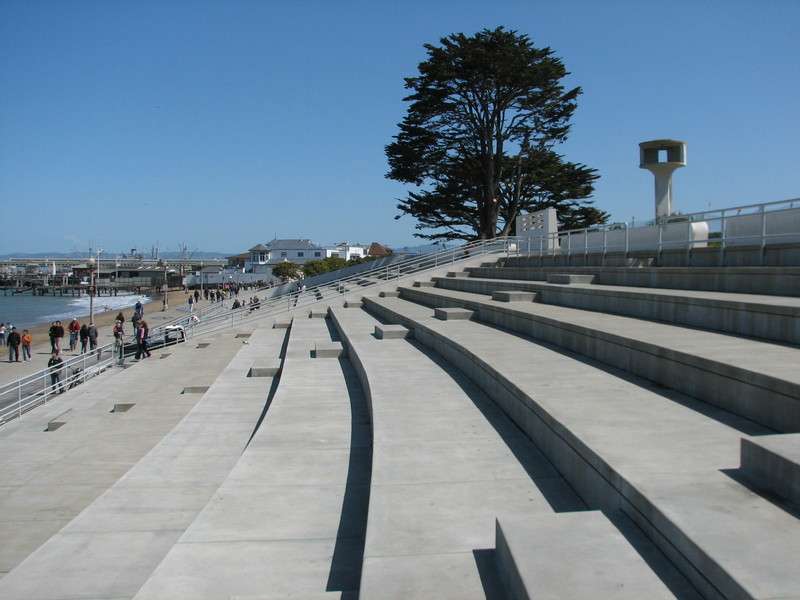
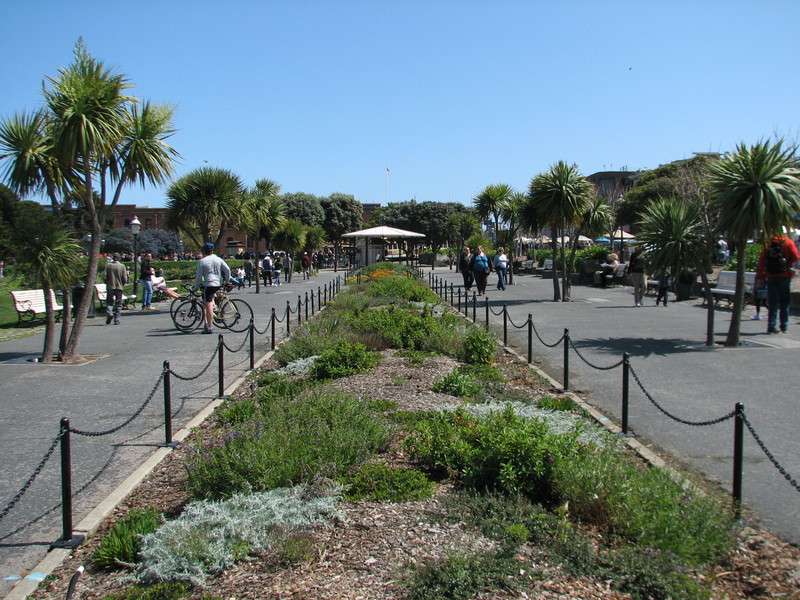
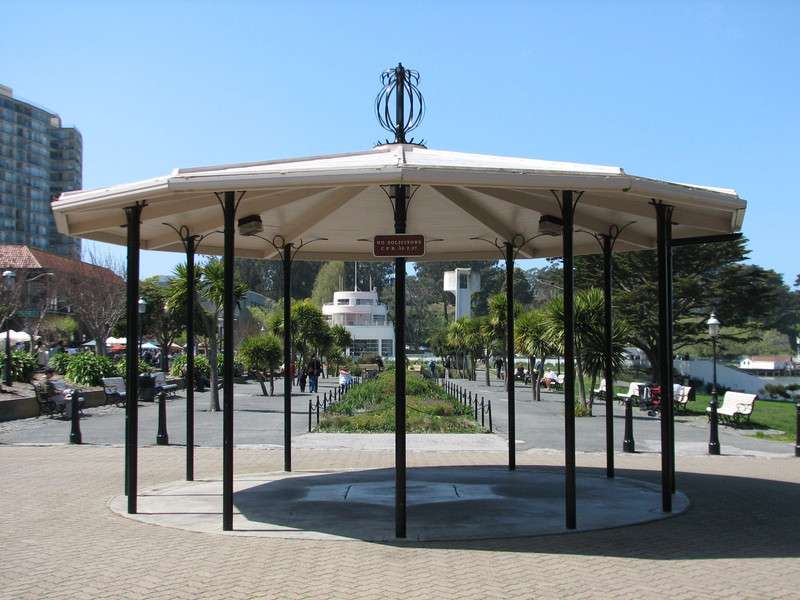
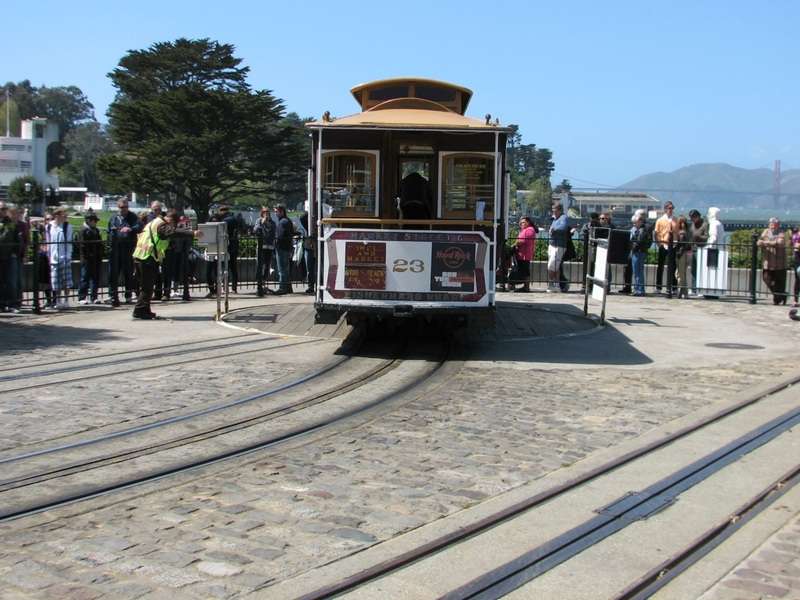
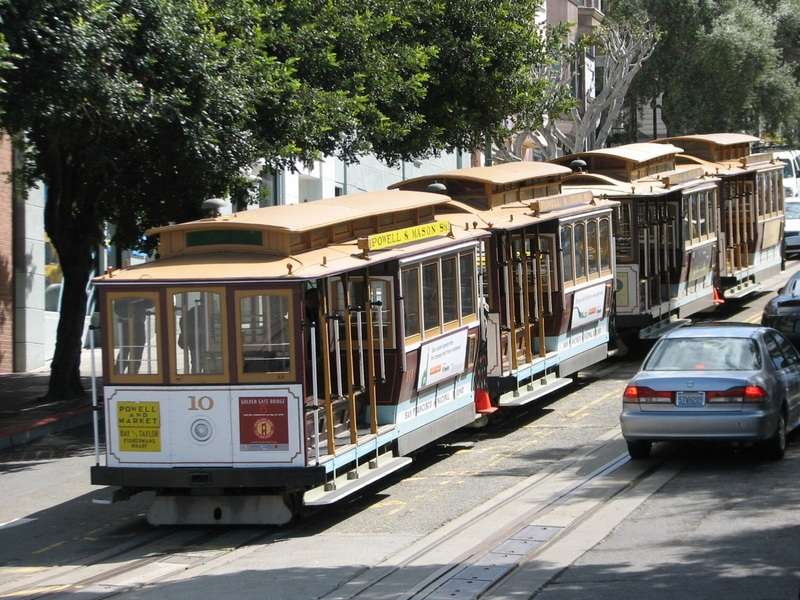
Ghirardelli Square:
This complex acts as the other anchor to draw visitors through the area, the equivalent of Pier 39 on the other end. It was once a chocolate factory for the Ghirardelli brand, and many of the buildings date from the 1910's and 20's. In the early 1960's it was redeveloped when the company moved its production across the bay, and instead of a factory it became a collection of shops and restaurants and offices, utilizing the existing buildings and adding some new ones. It is often cited as the first notable adaptive reuse project in the US. Since its transformation it has had a few refreshes and remains popular, with a small Fairmont Hotel replacing the offices and some of the shops most recently. A major tenant remains: Ghirardelli operates a soda fountain and several chocolate shops within, including a small demonstration kitchen for chocolate making.

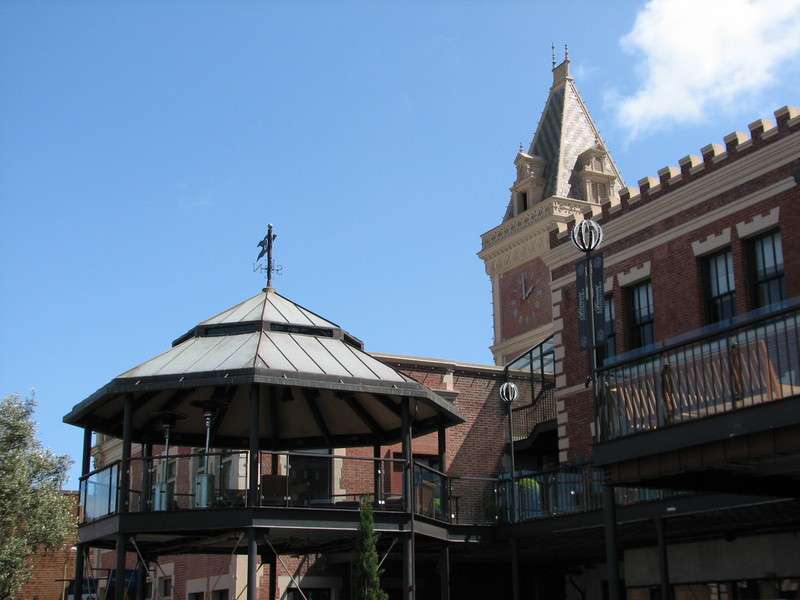
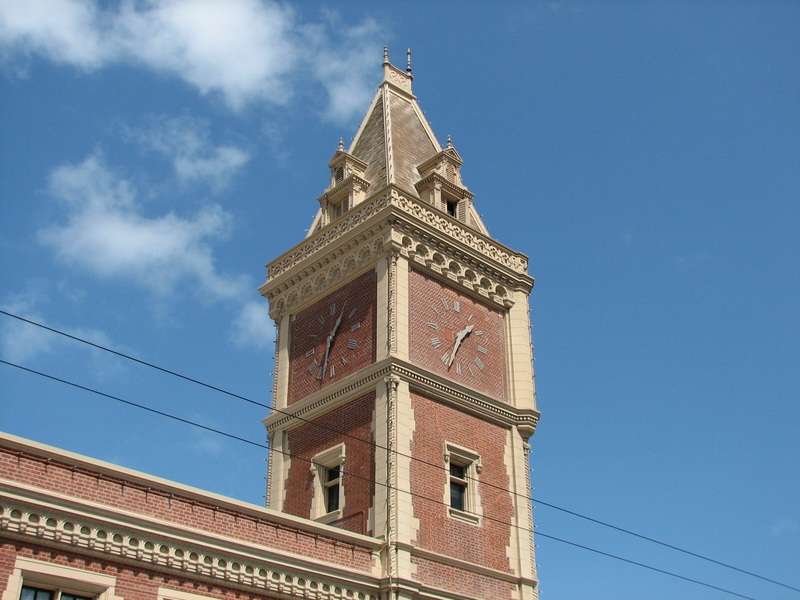
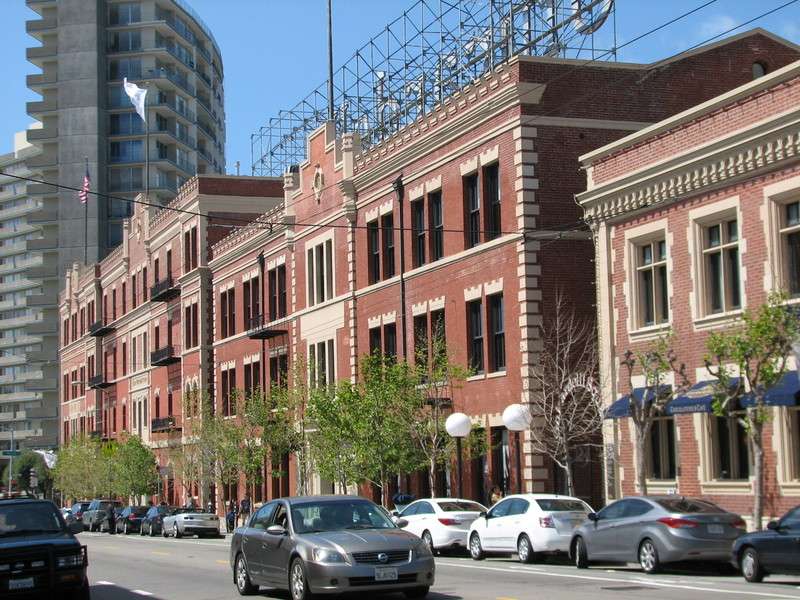

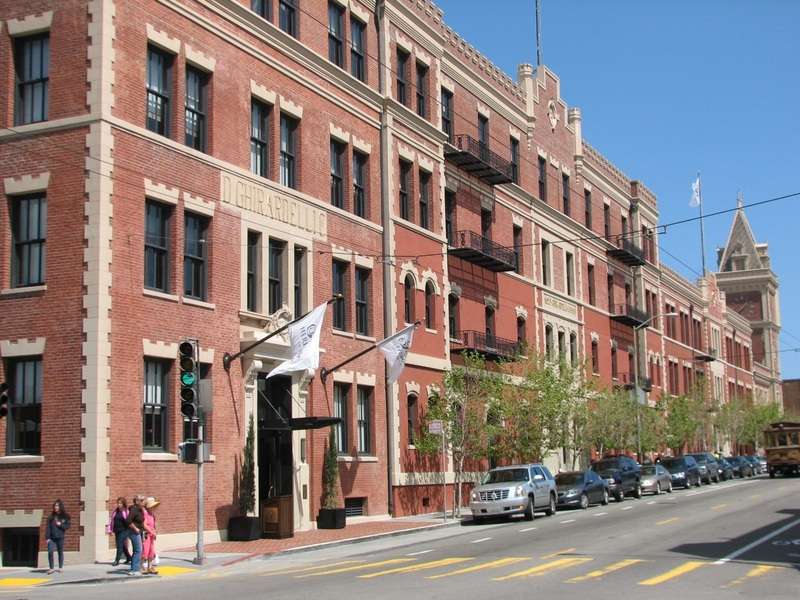
All photographs taken in 2012 (with a few from 2007 and 2011) by geomorph.